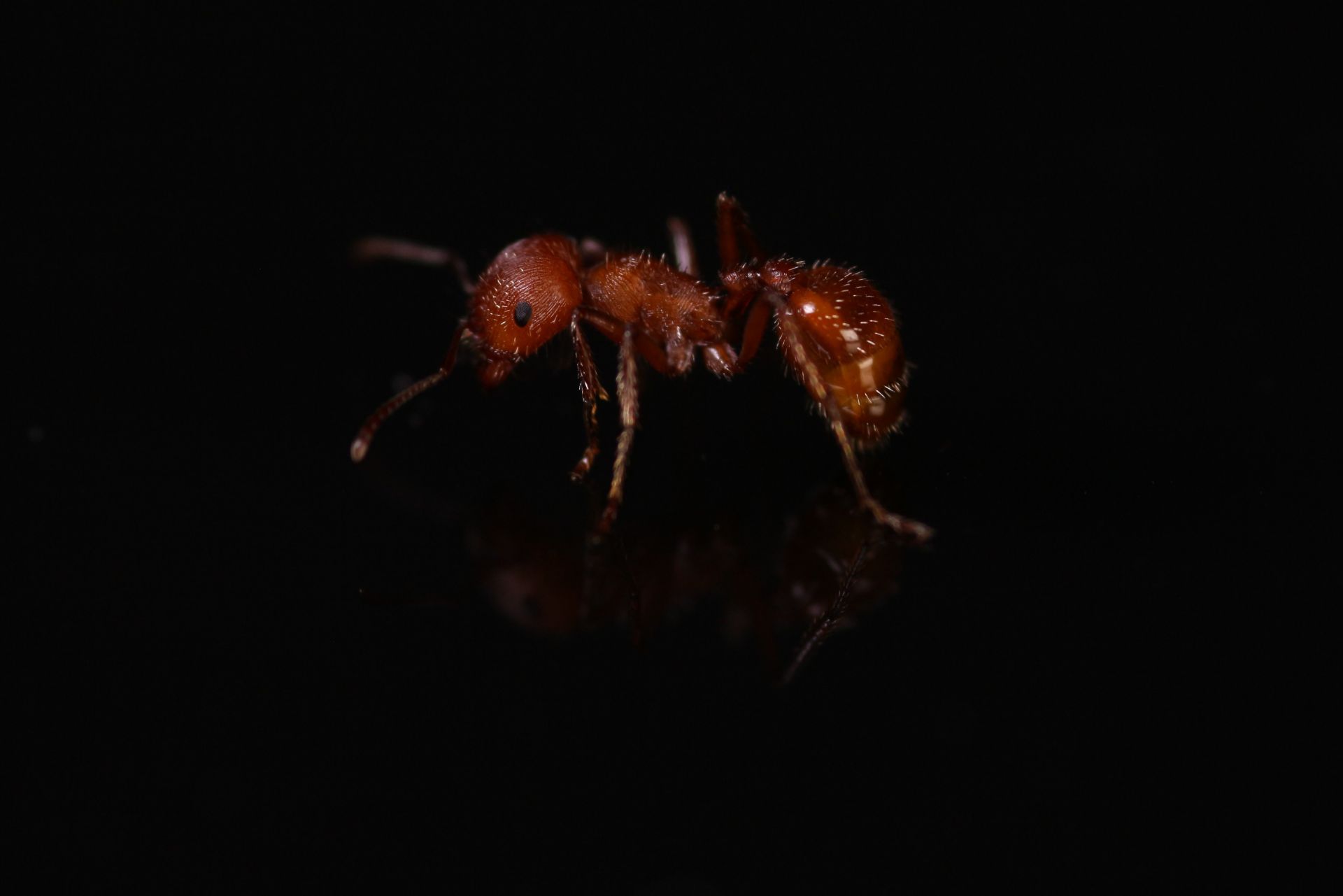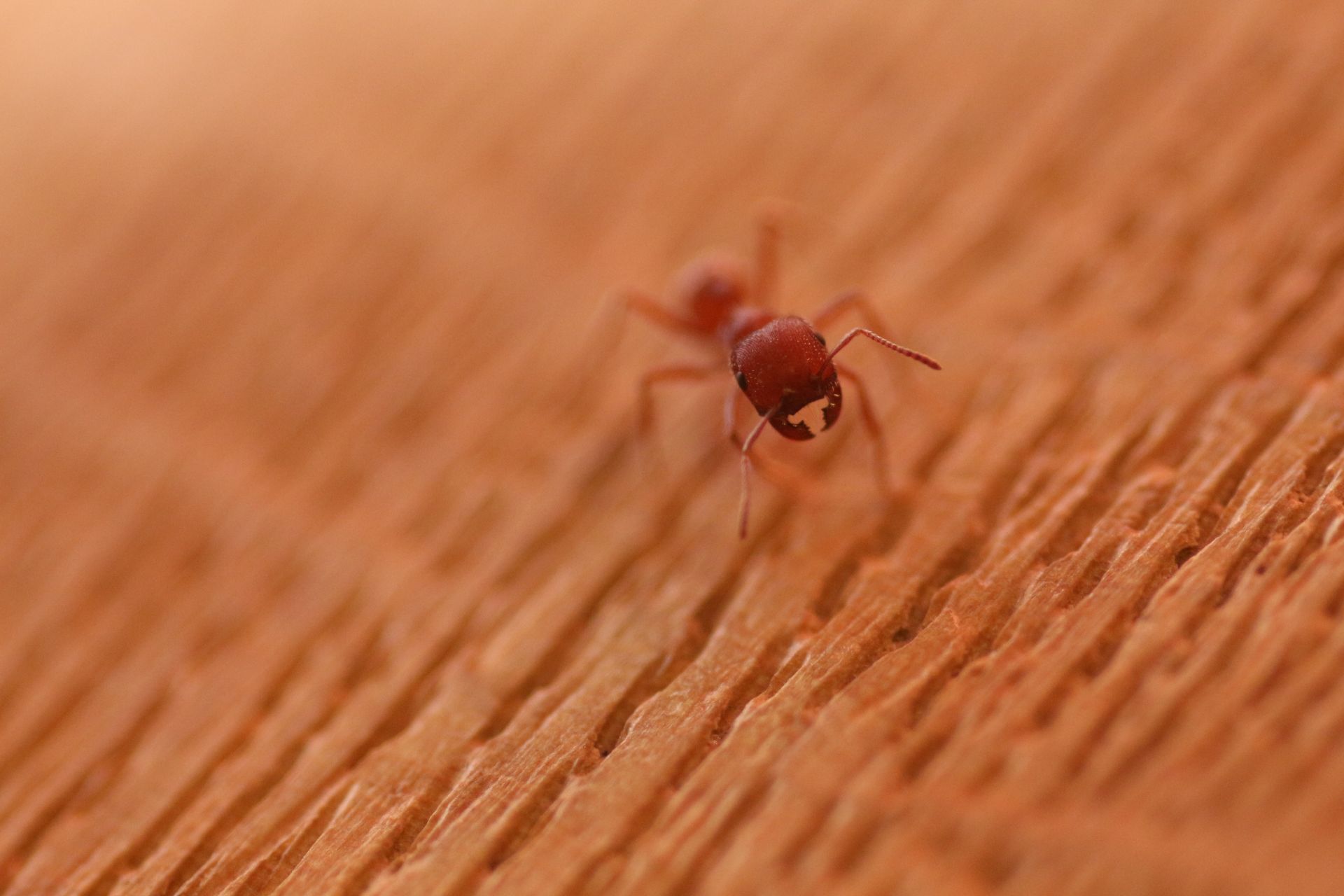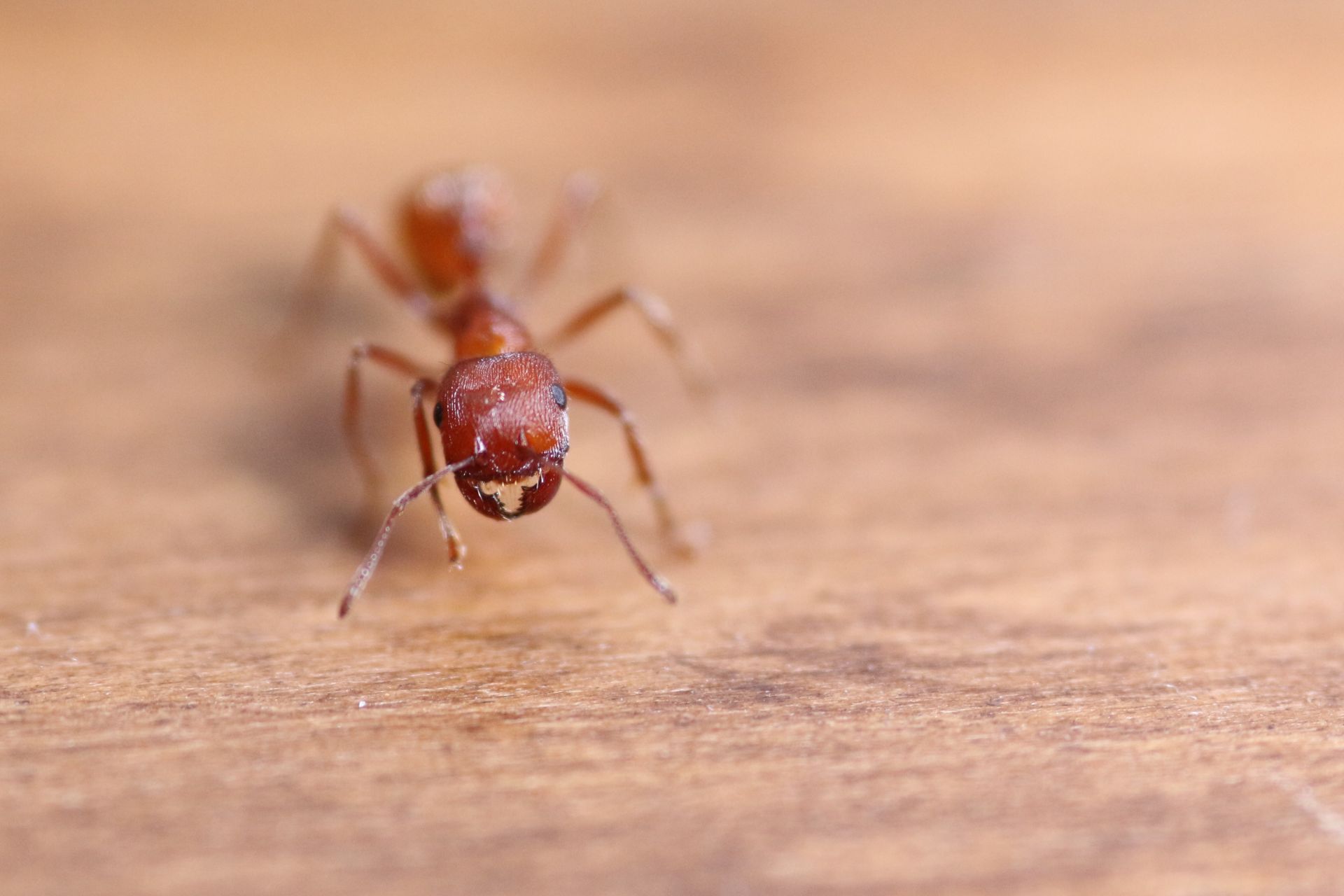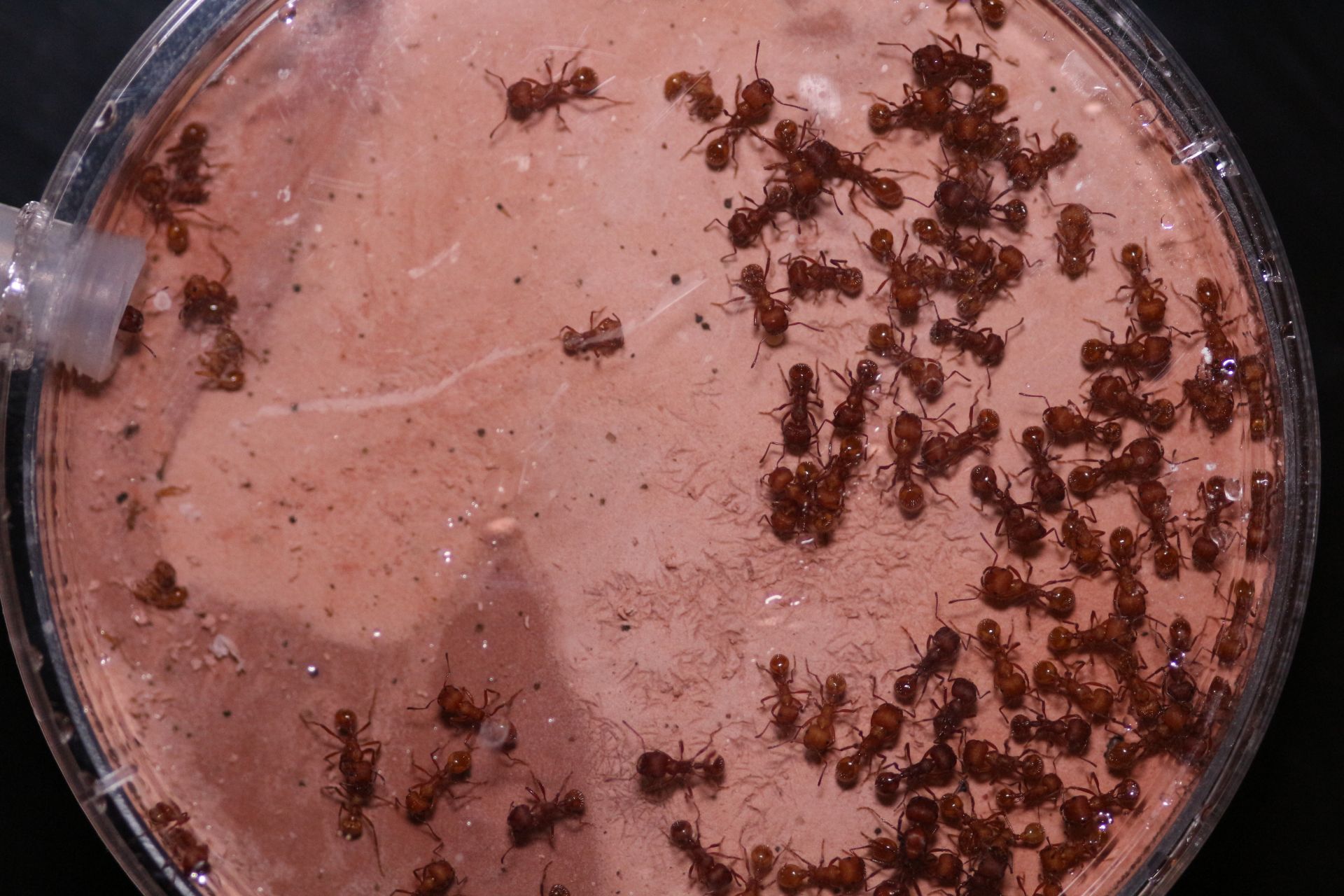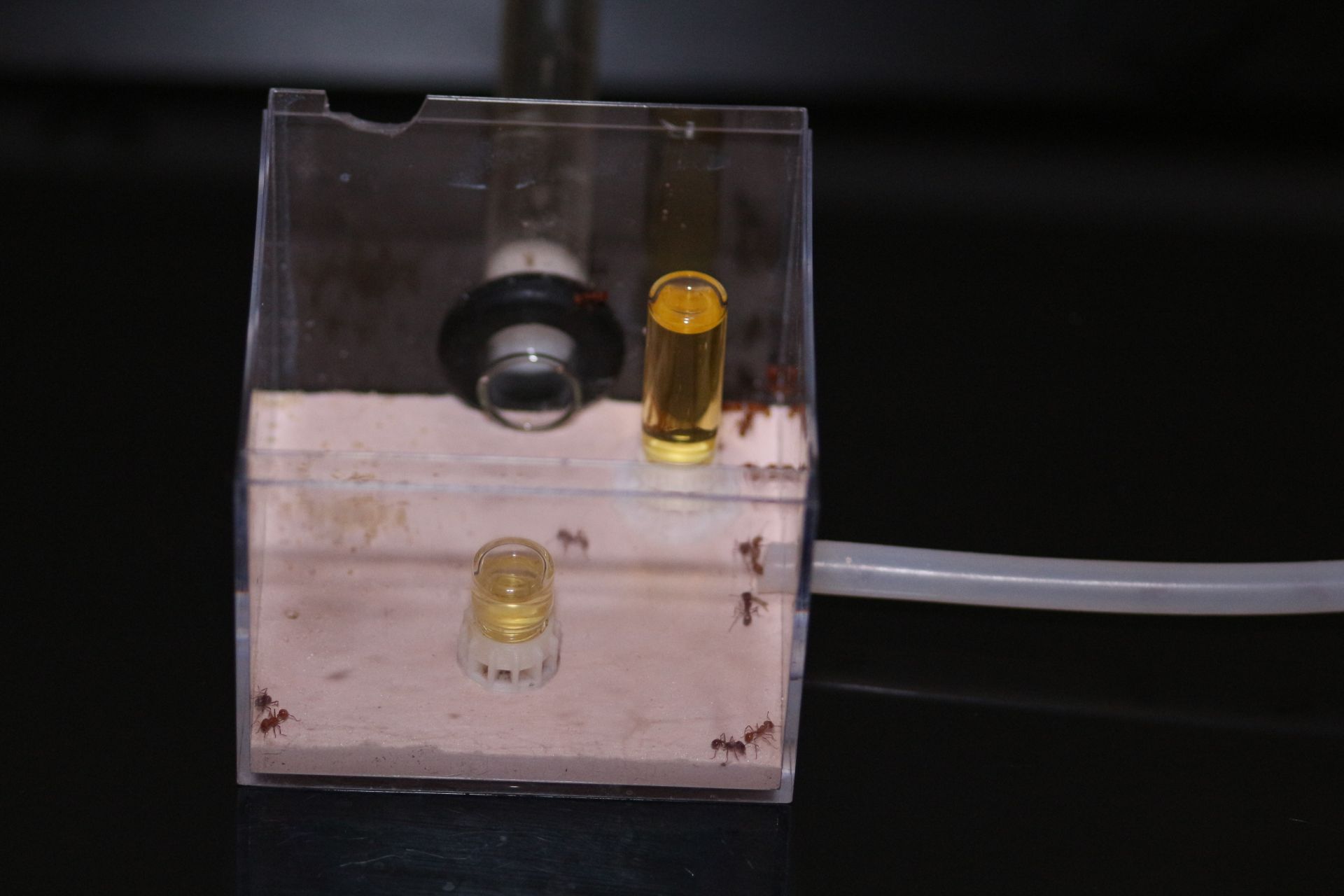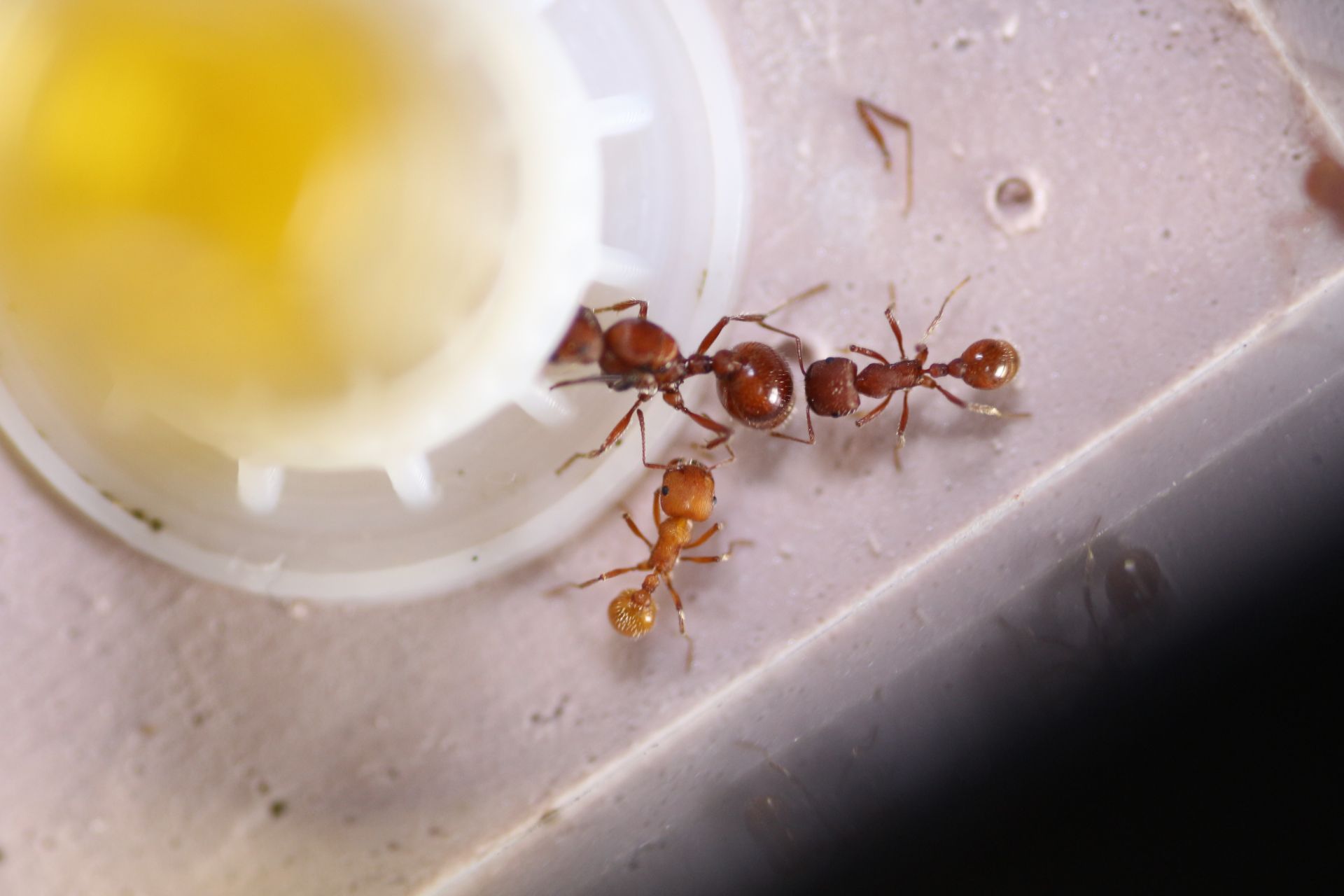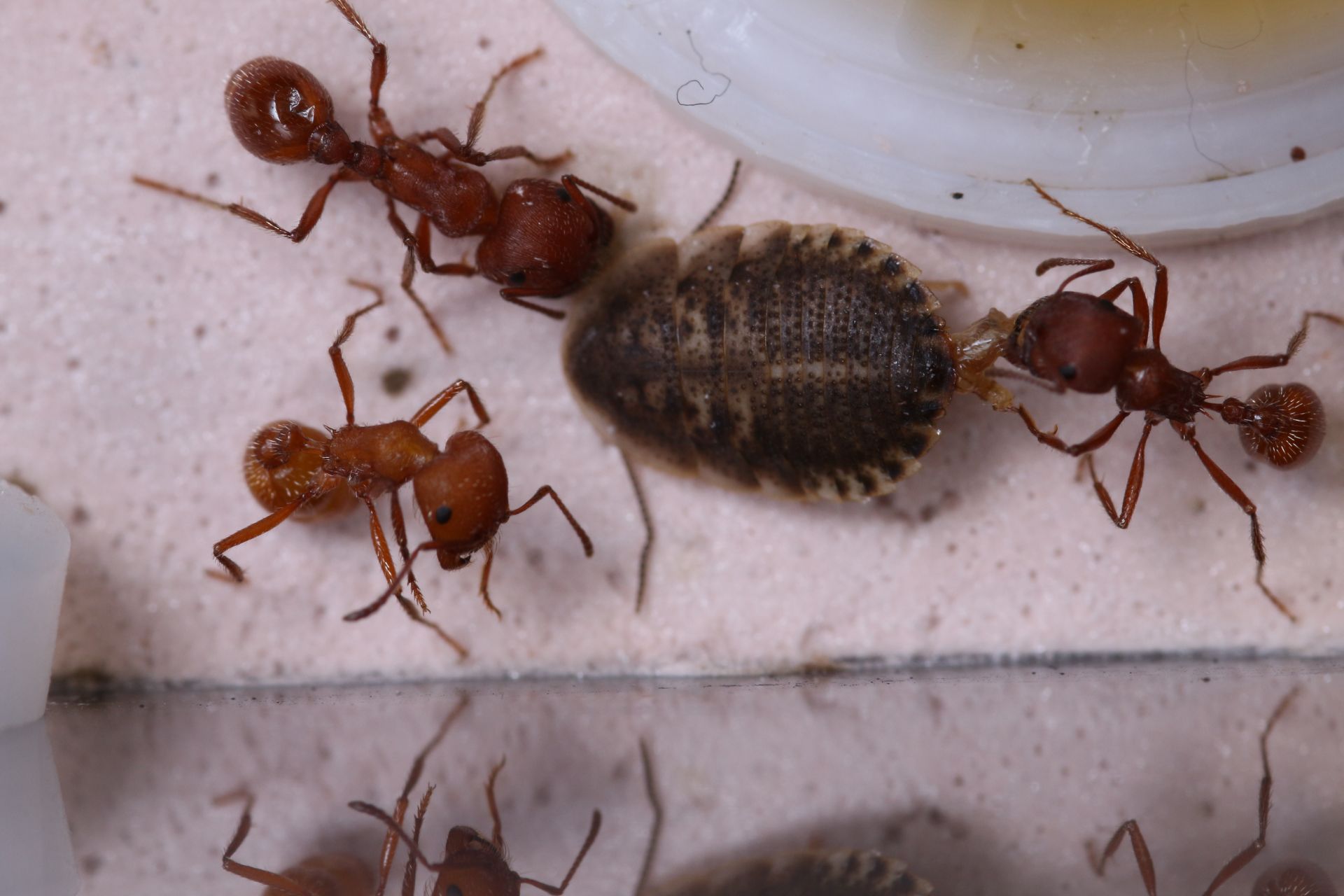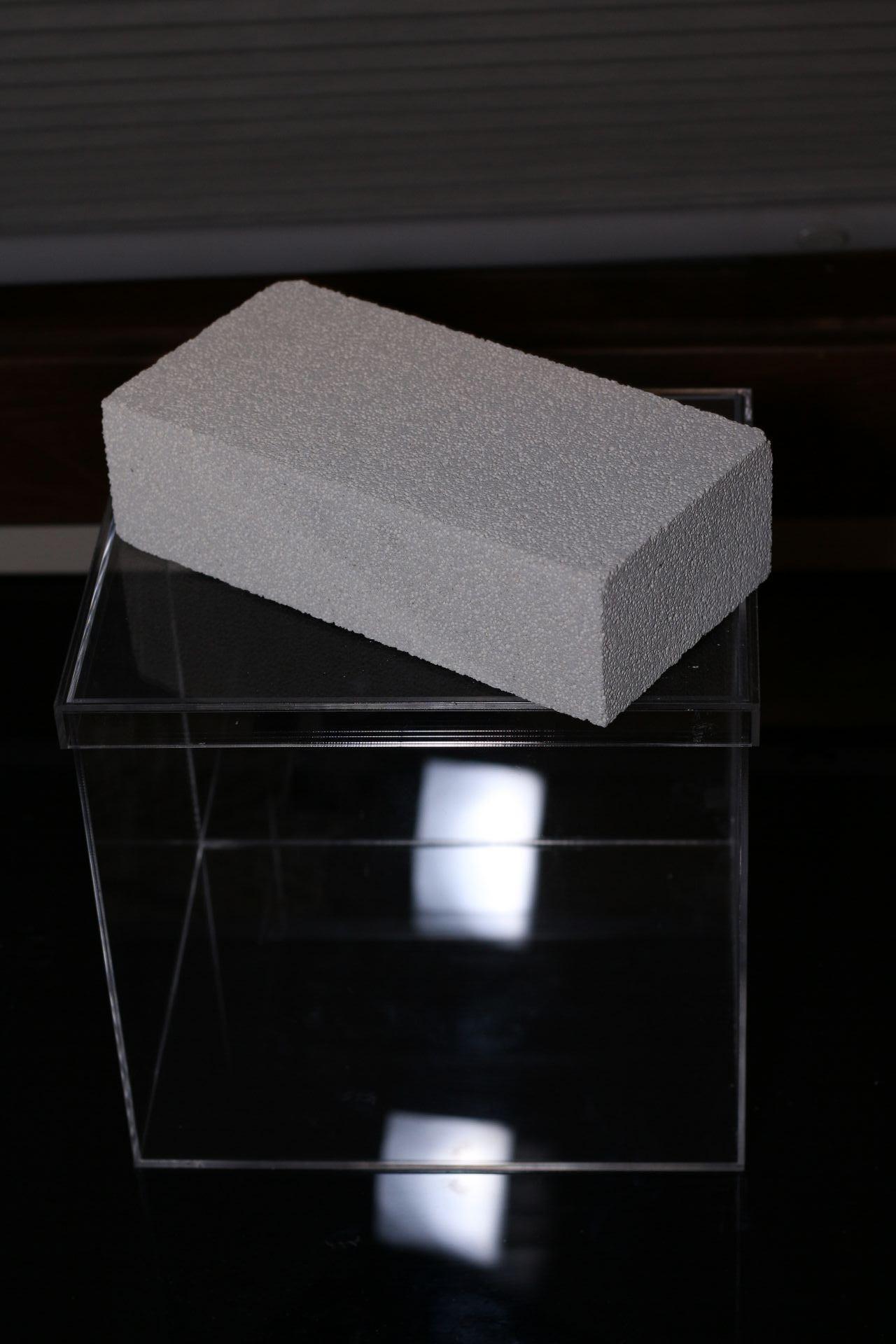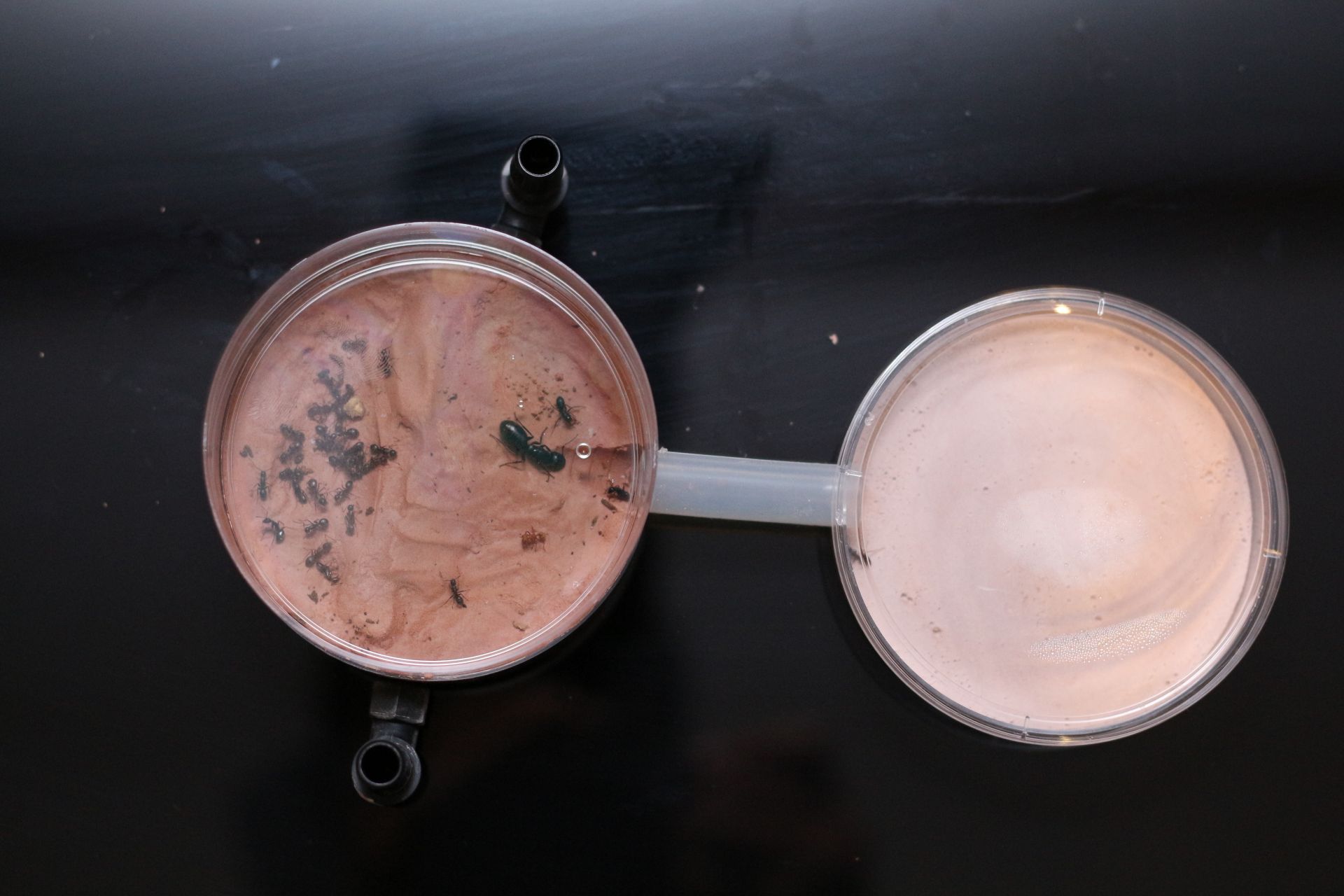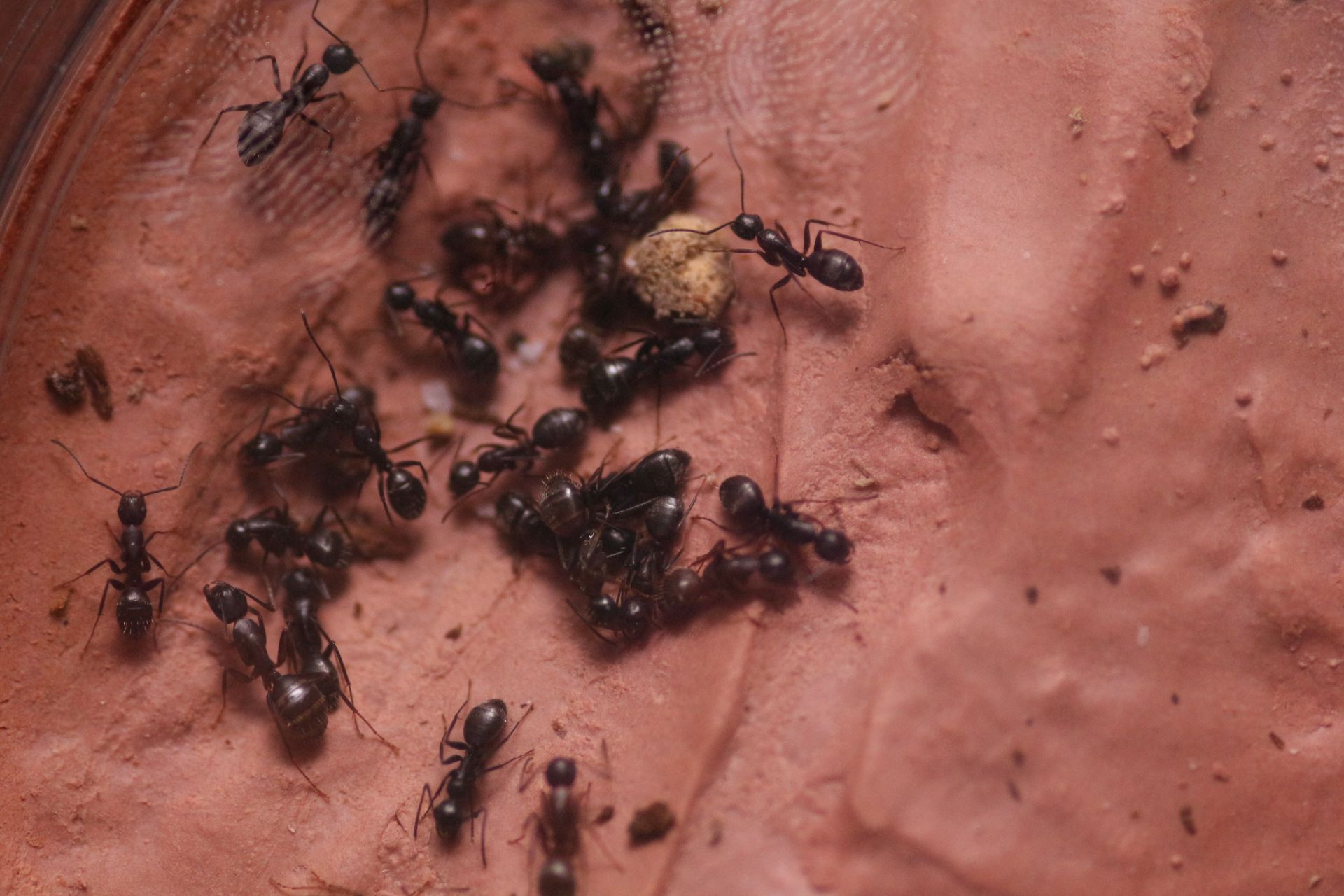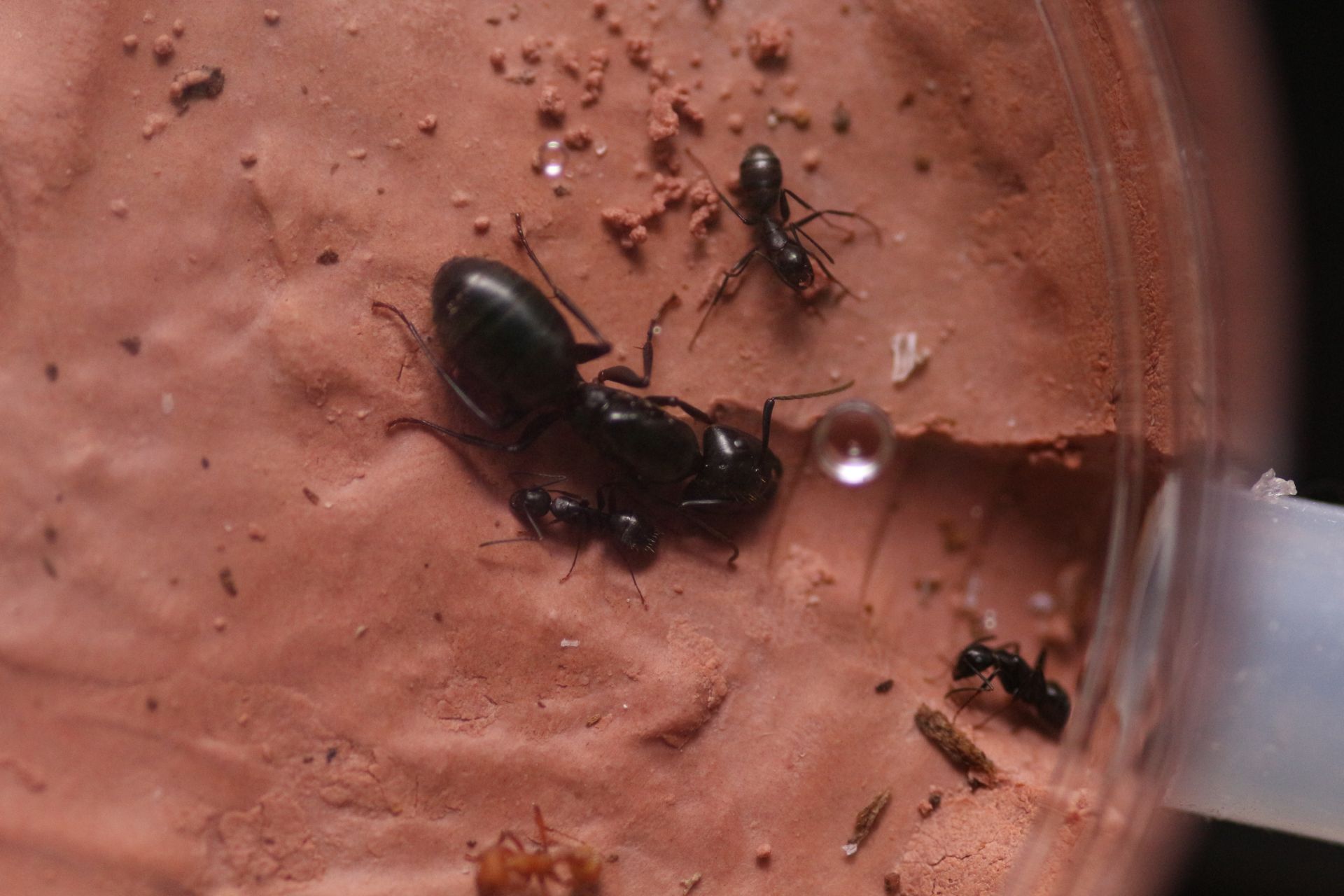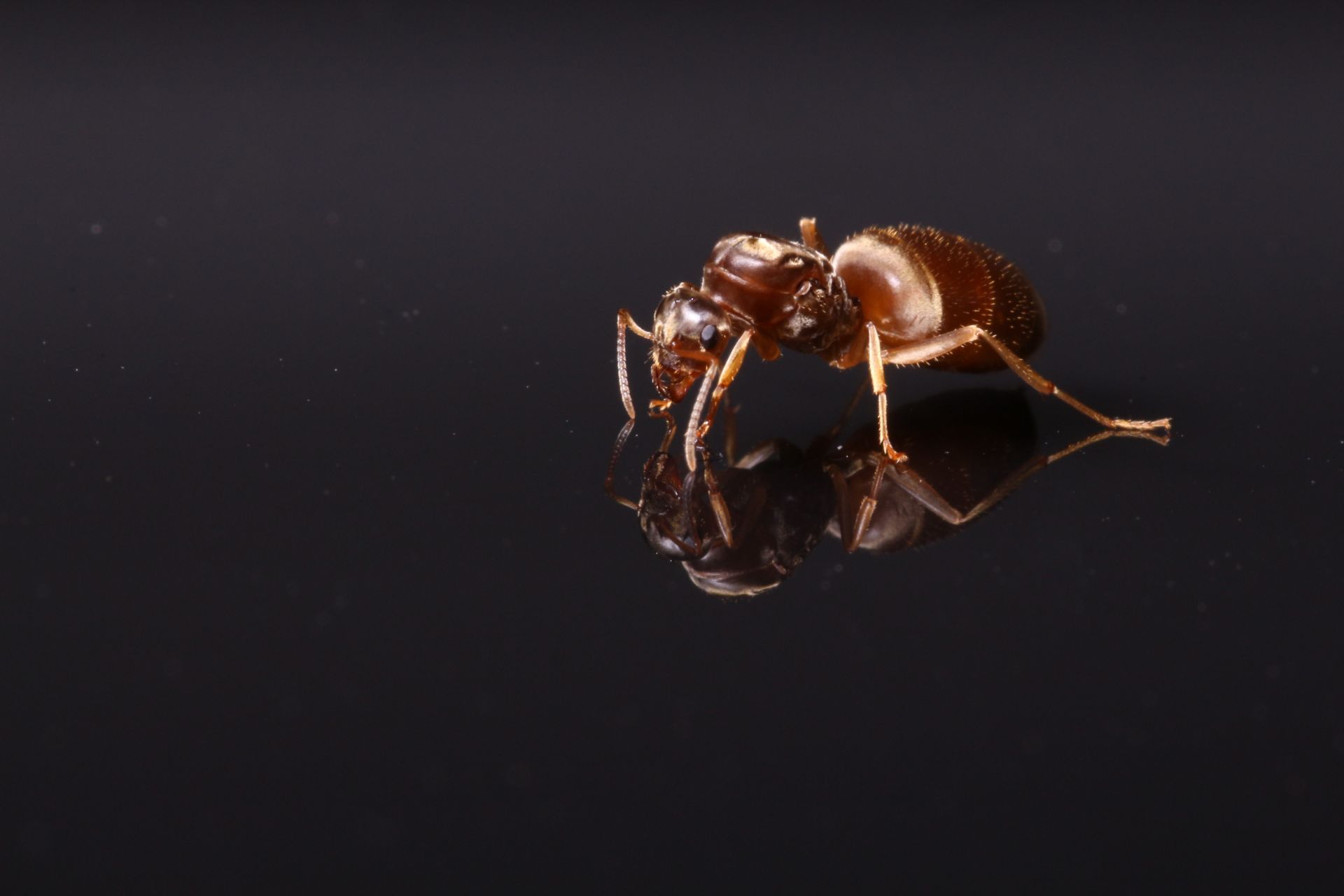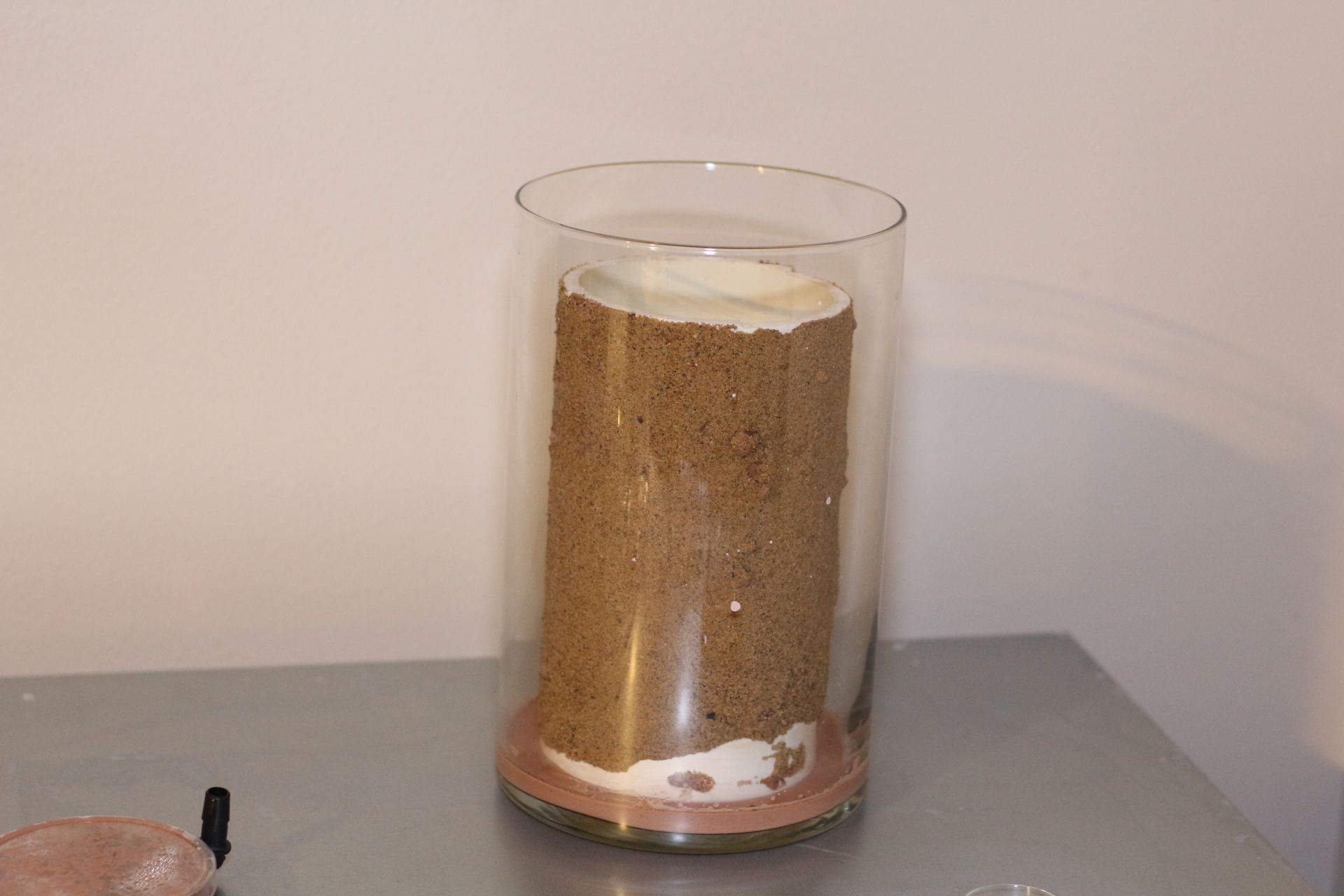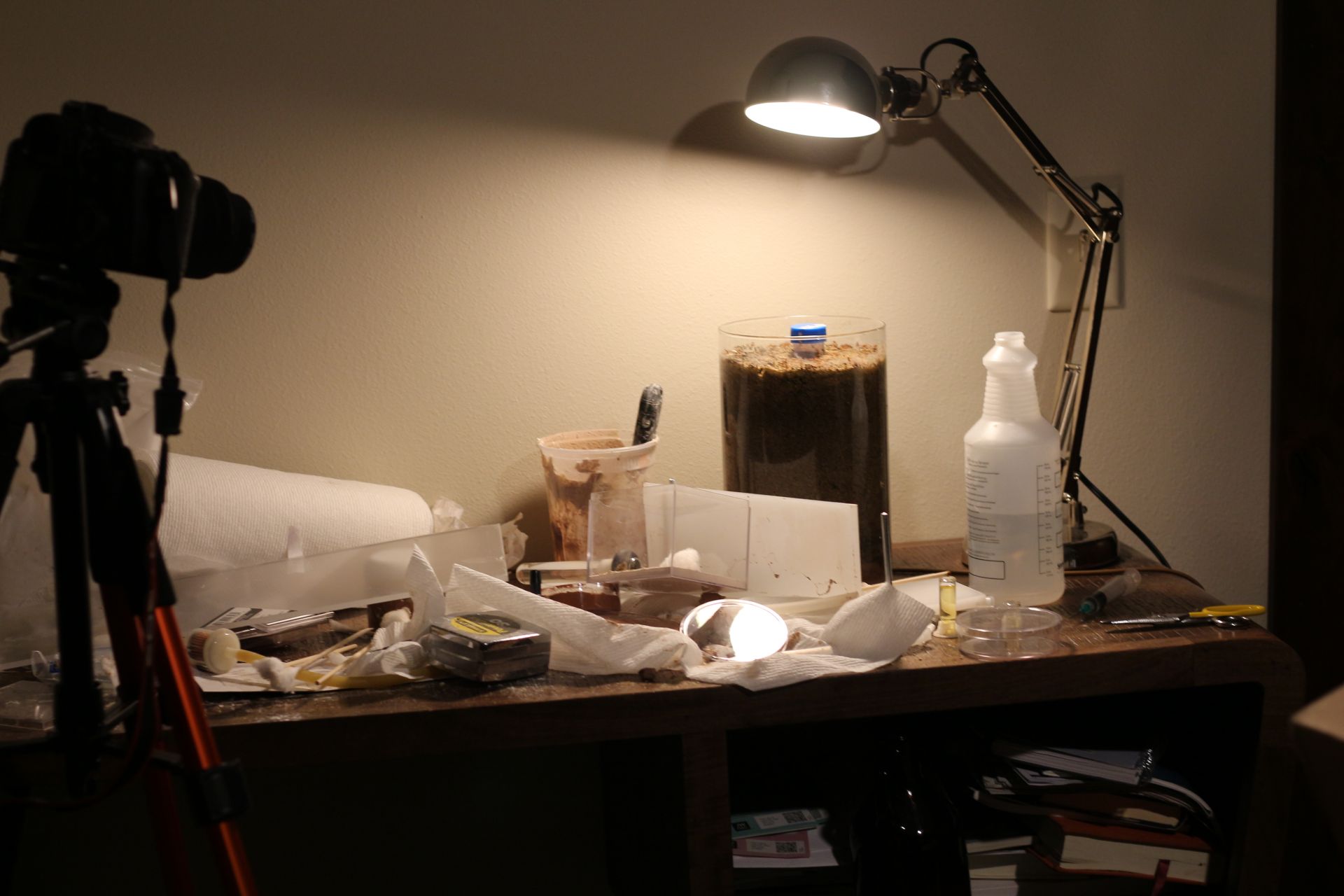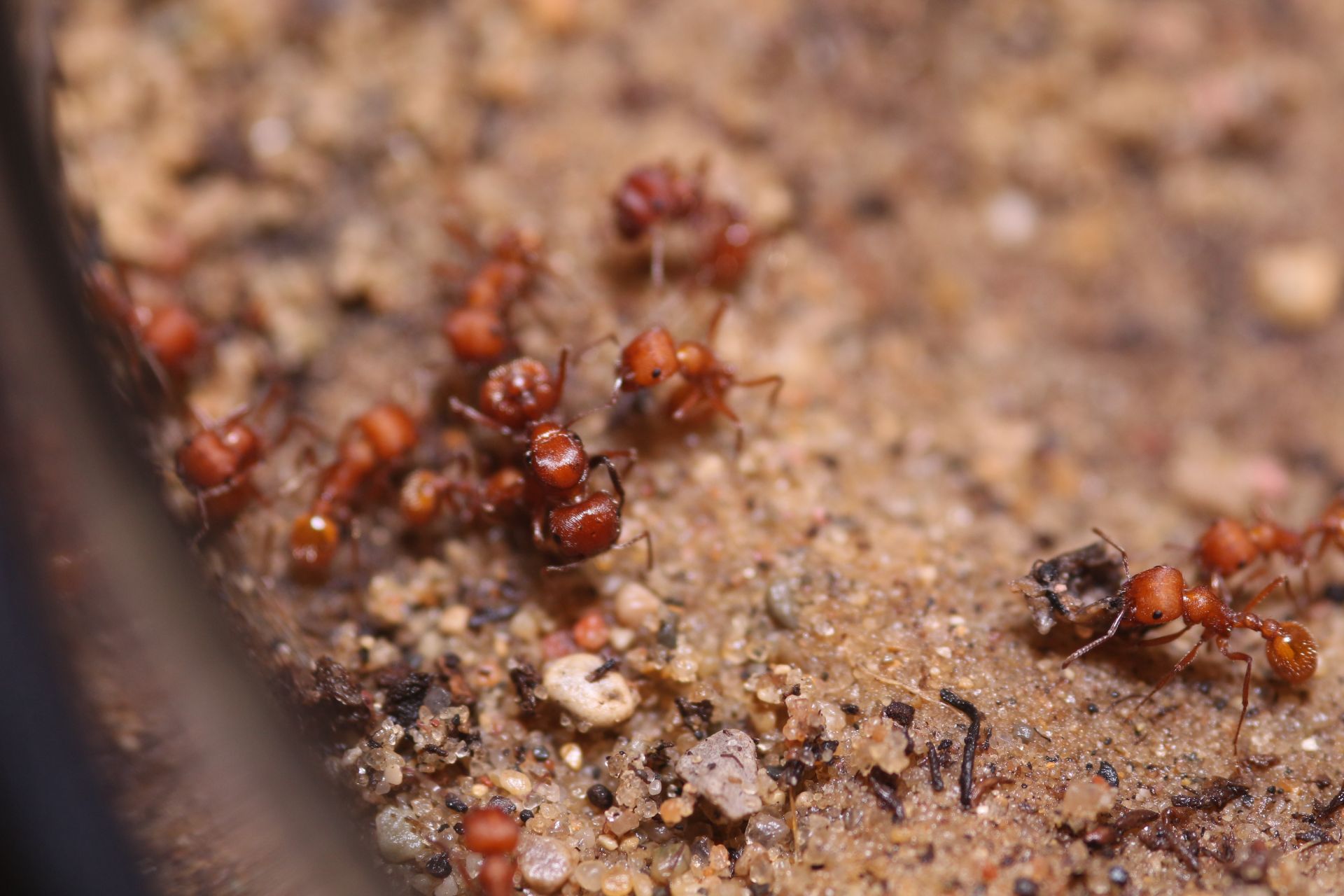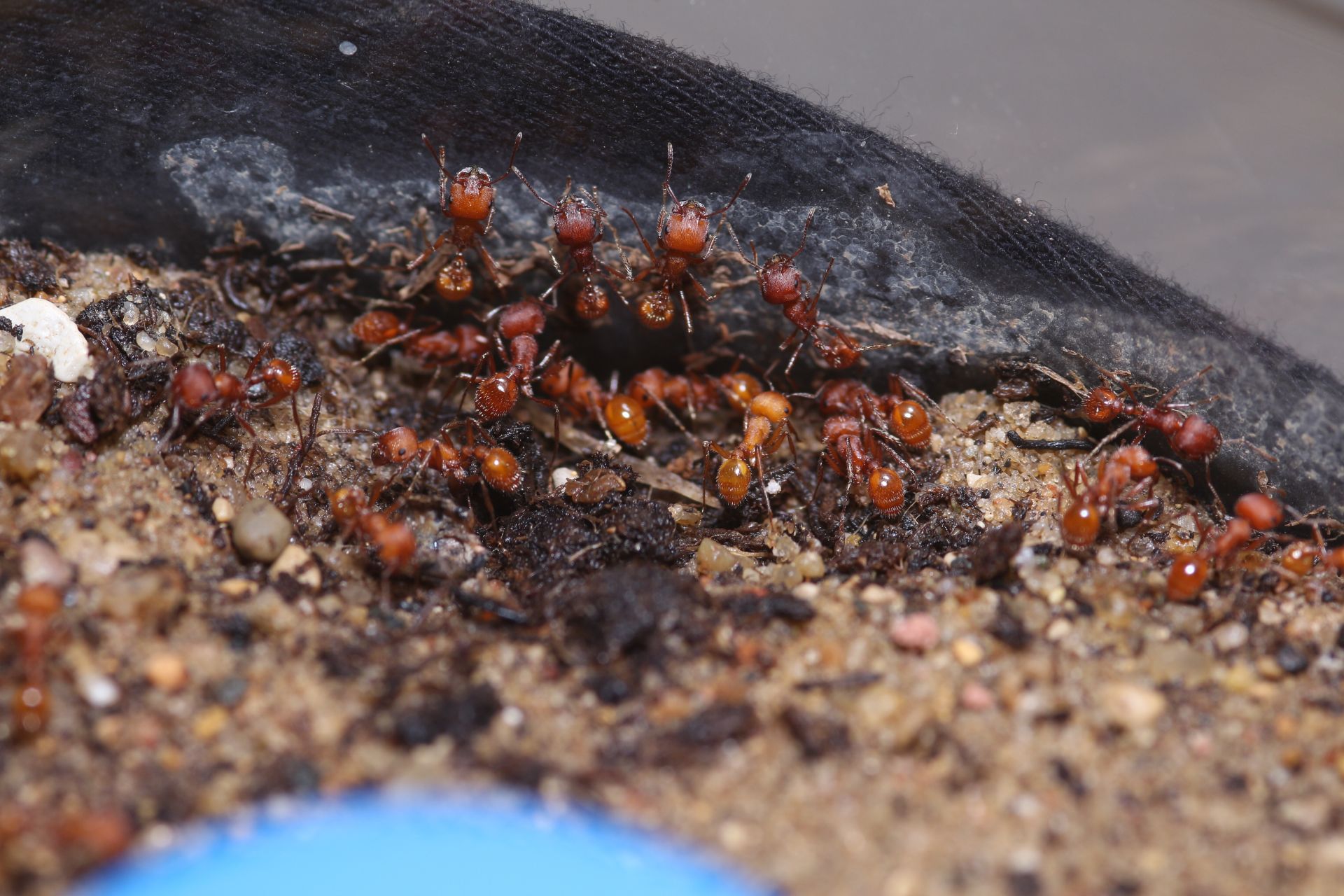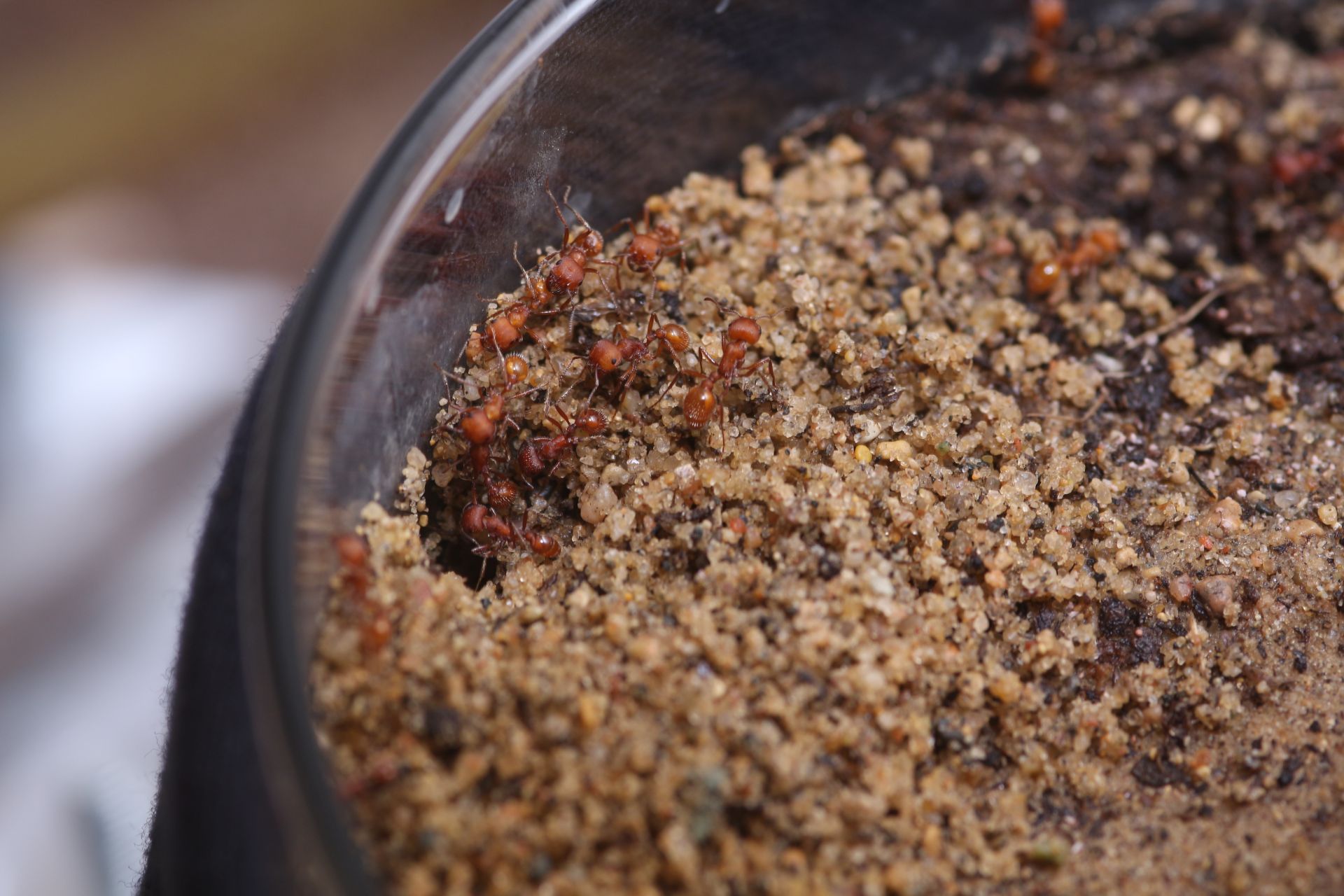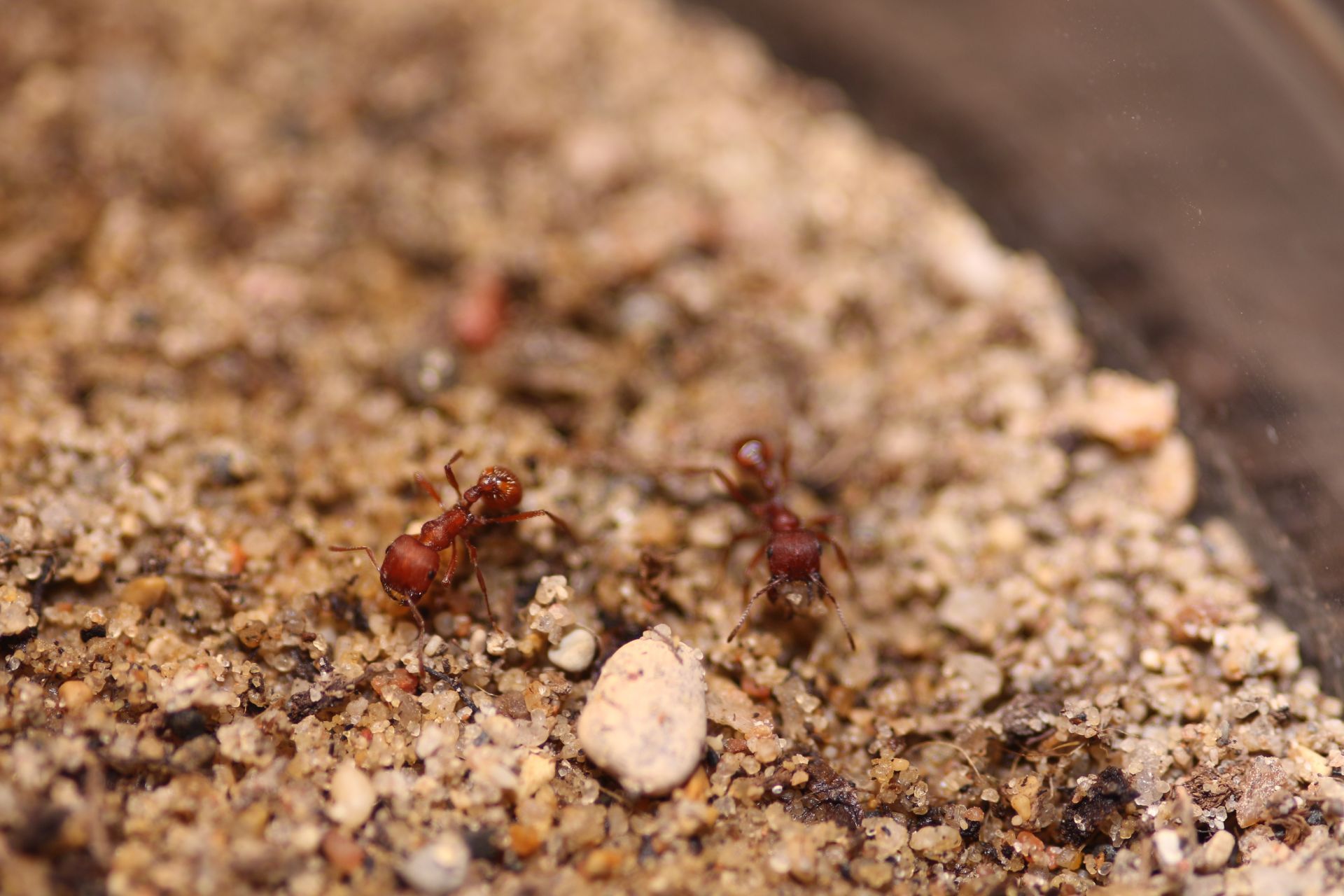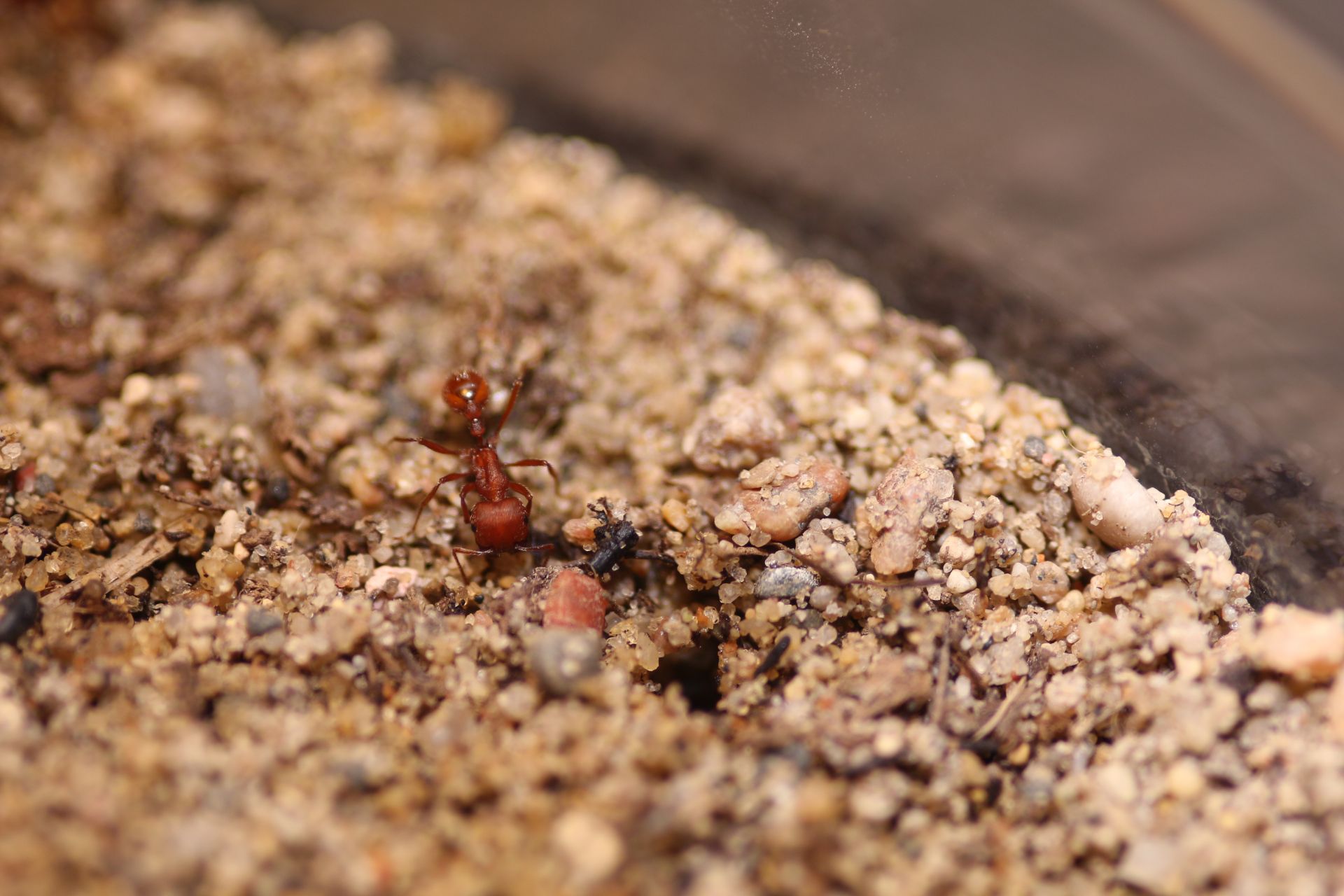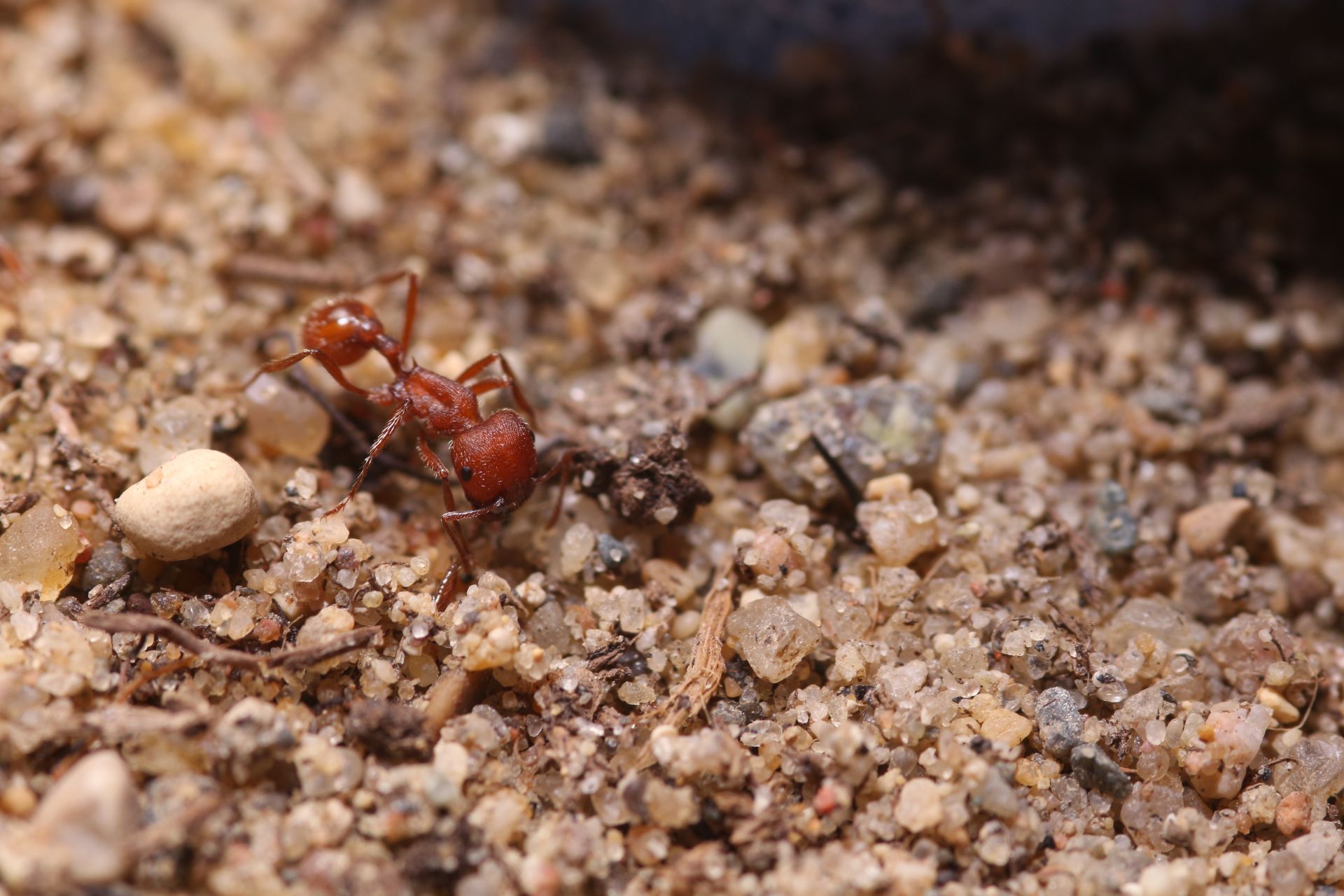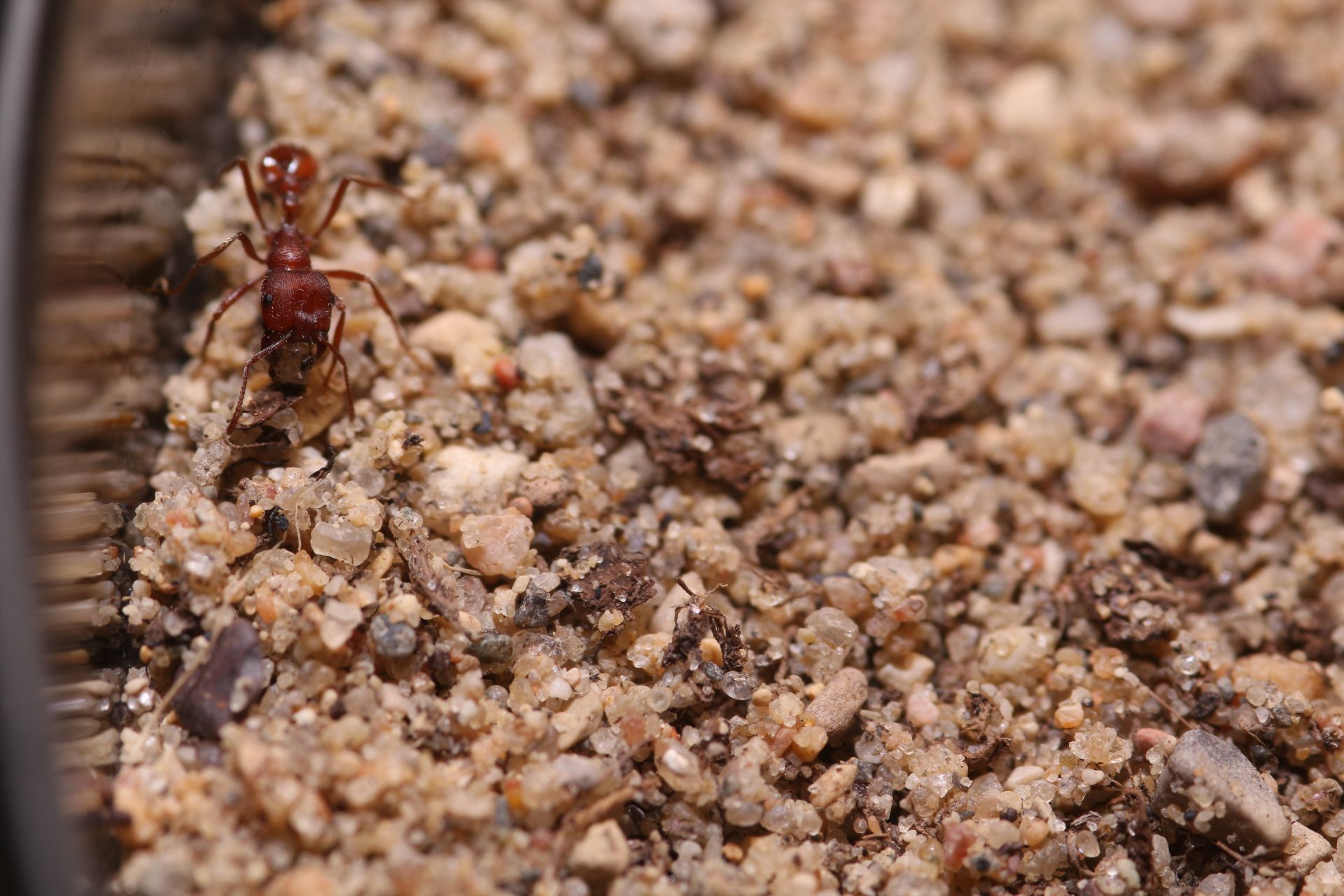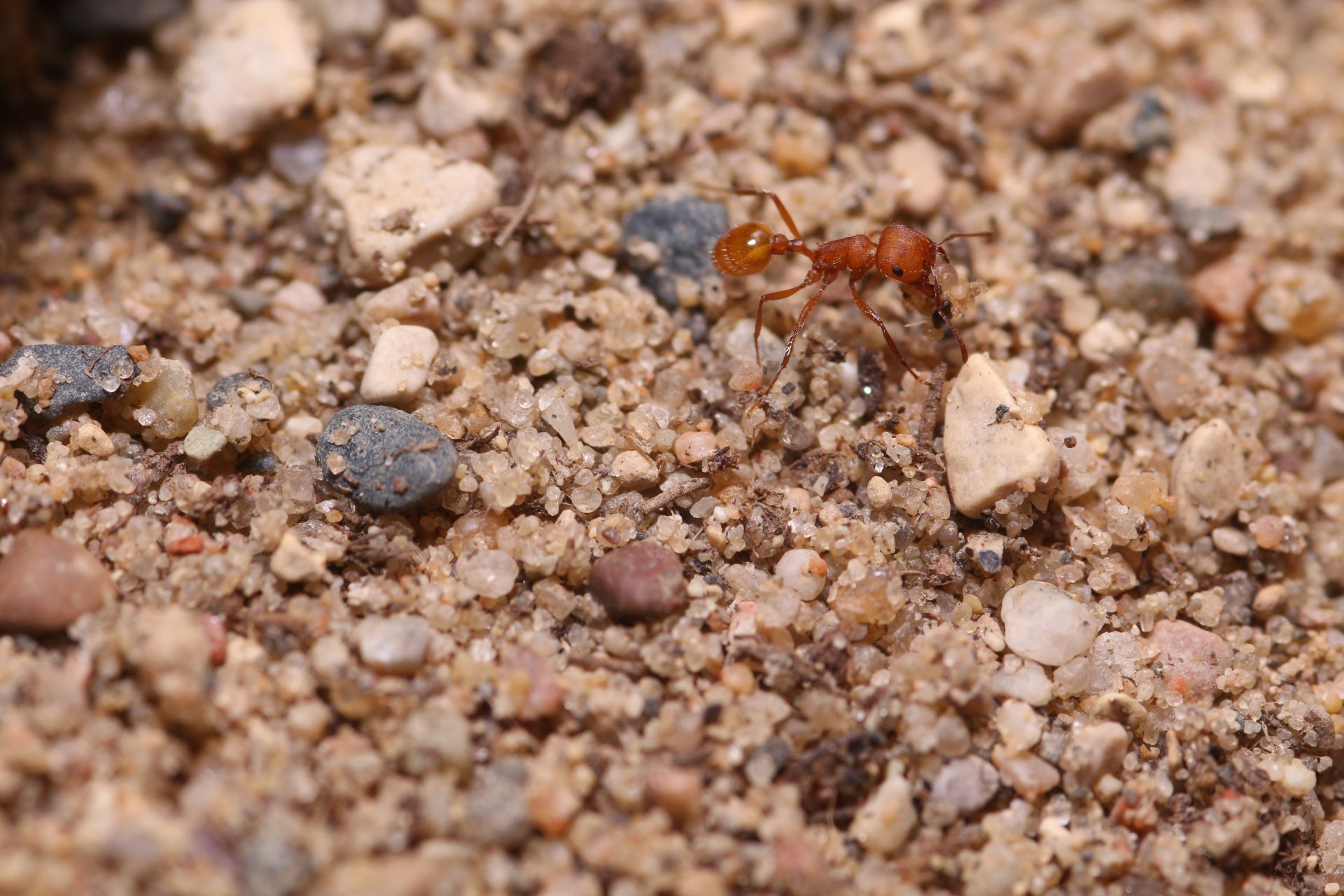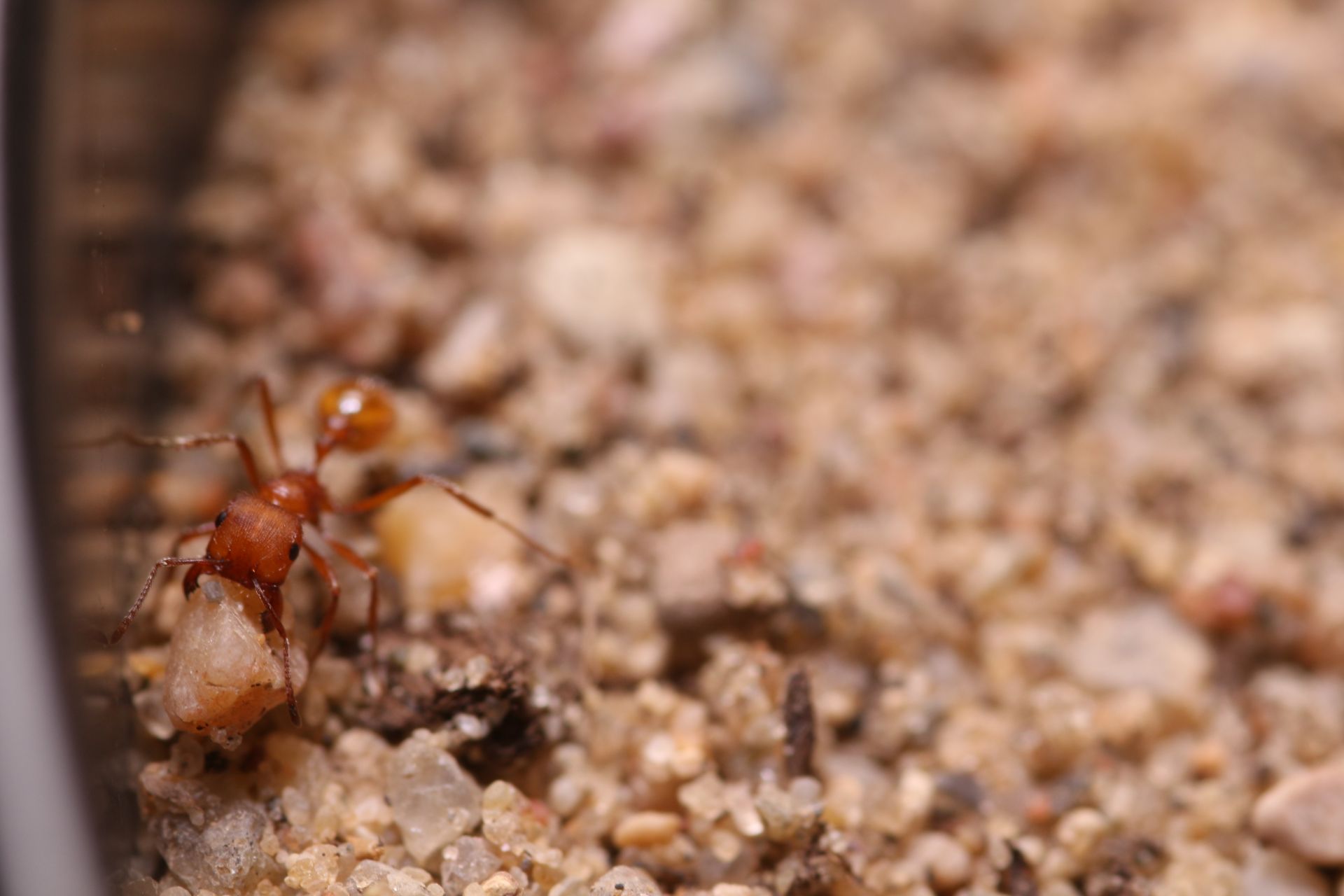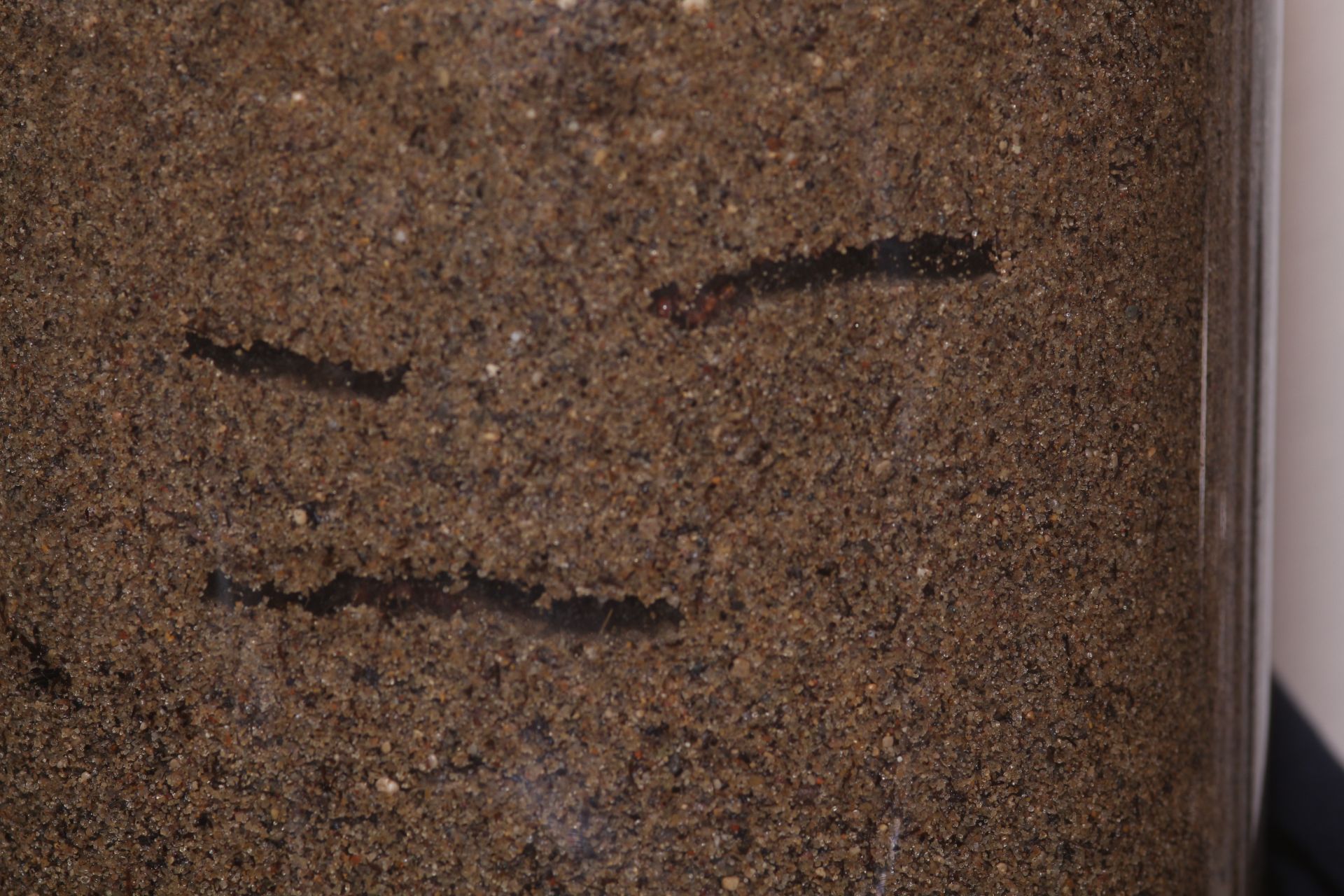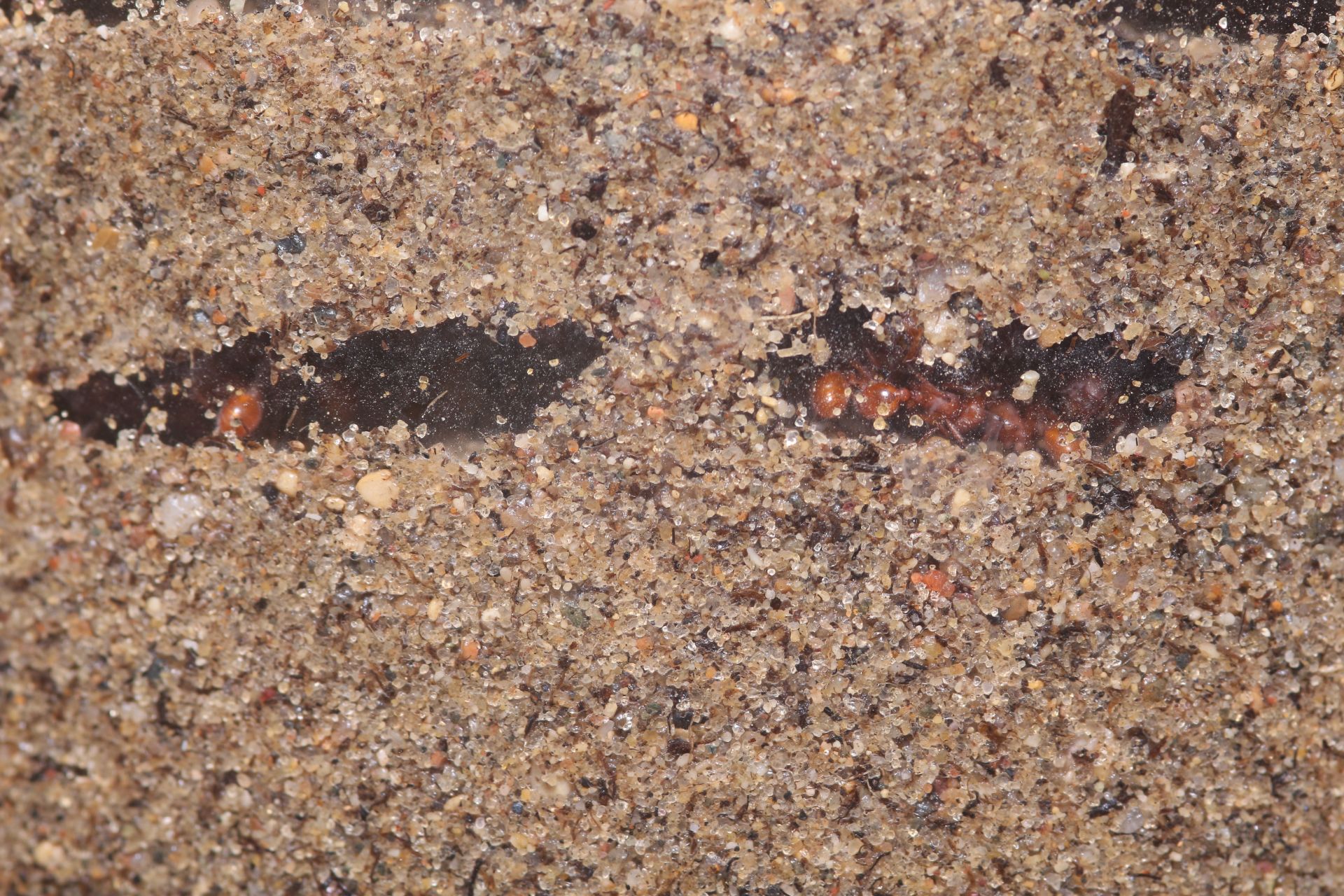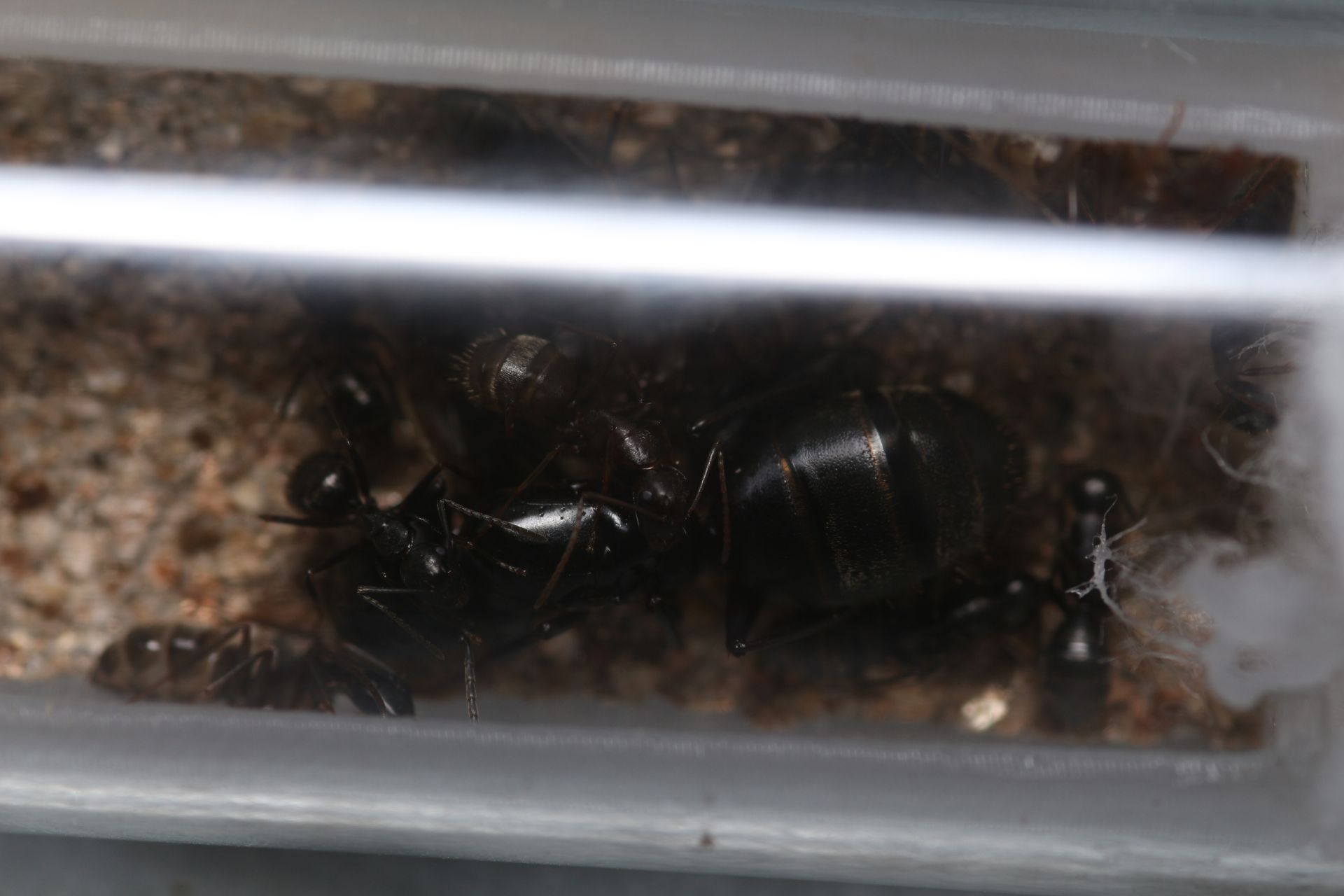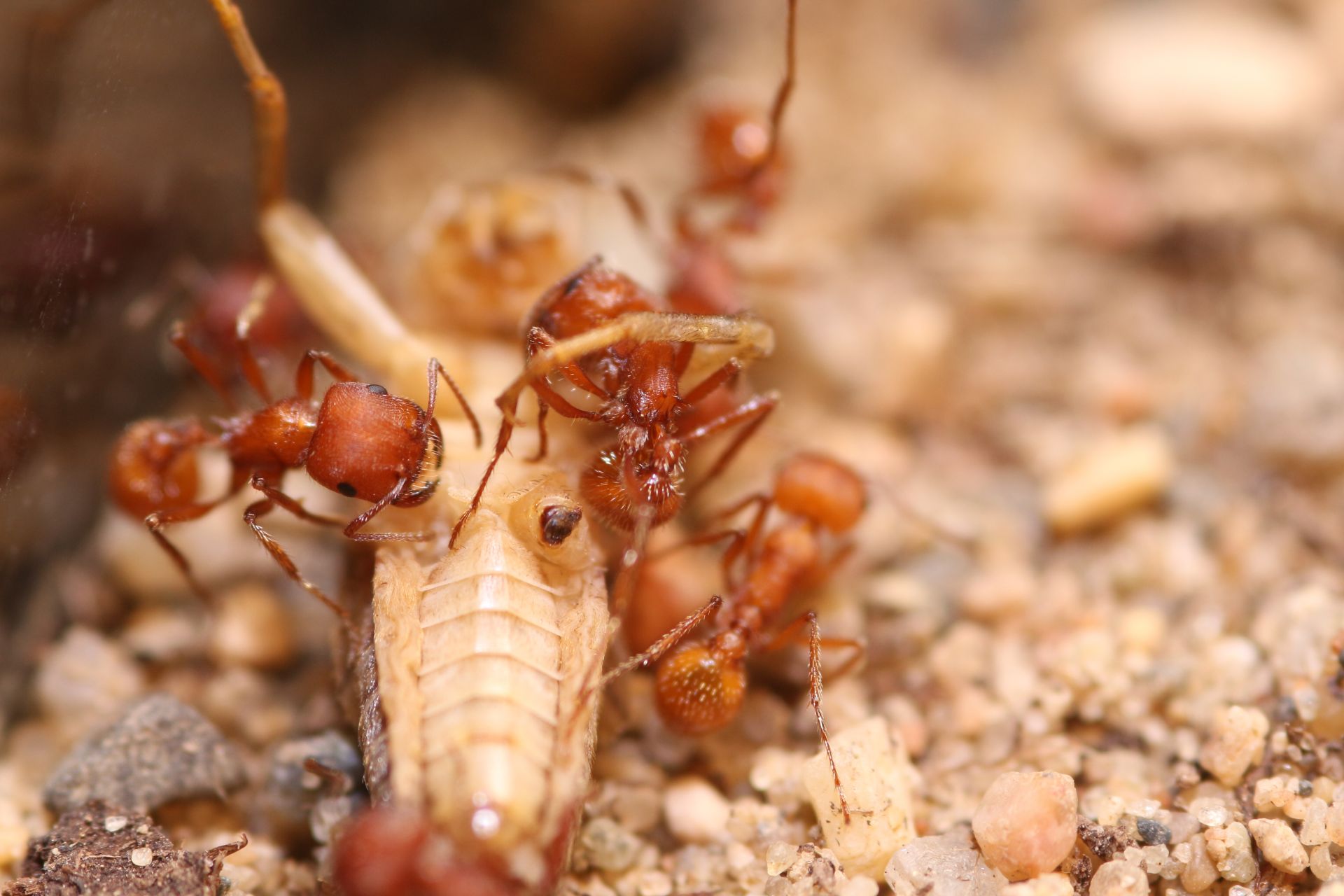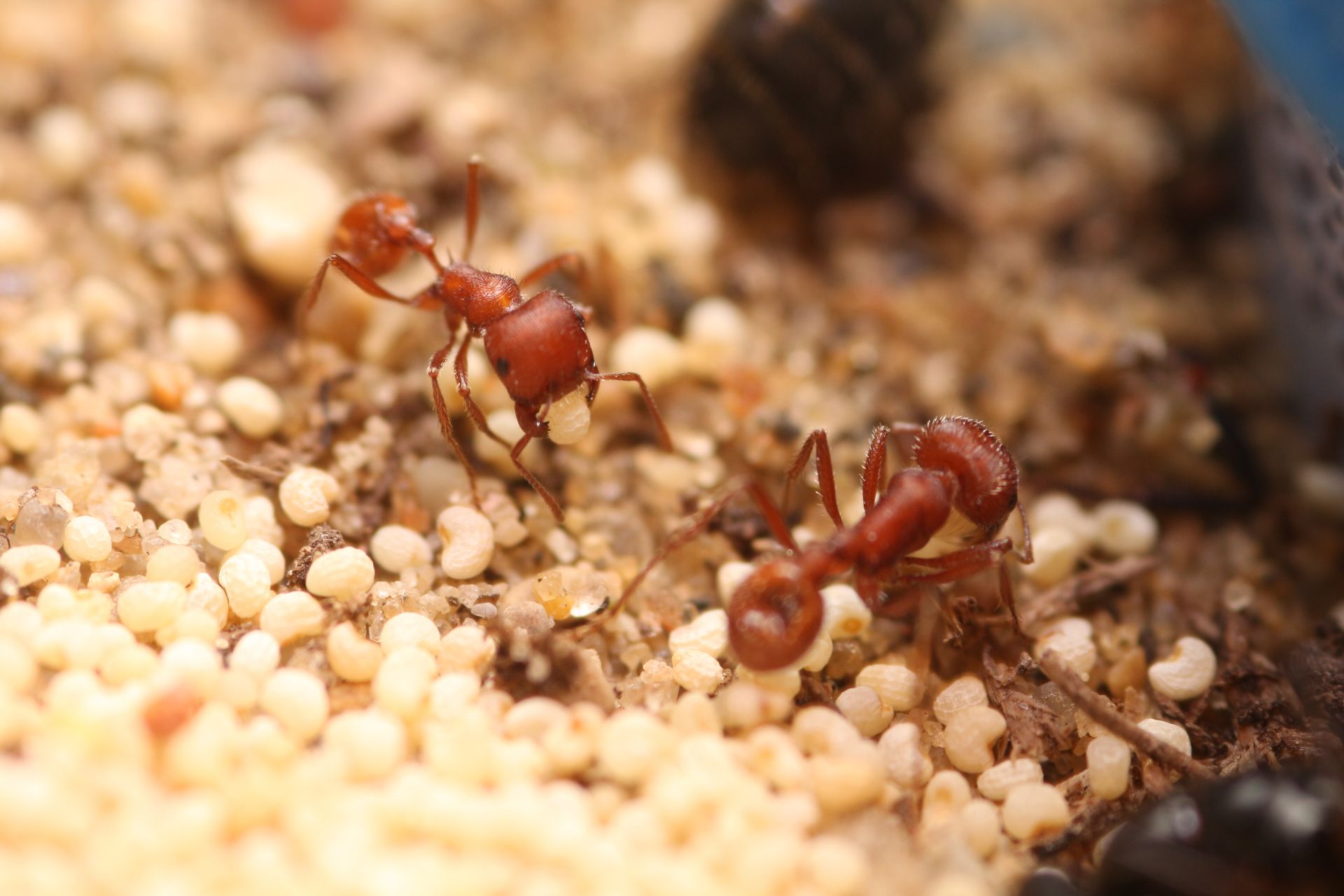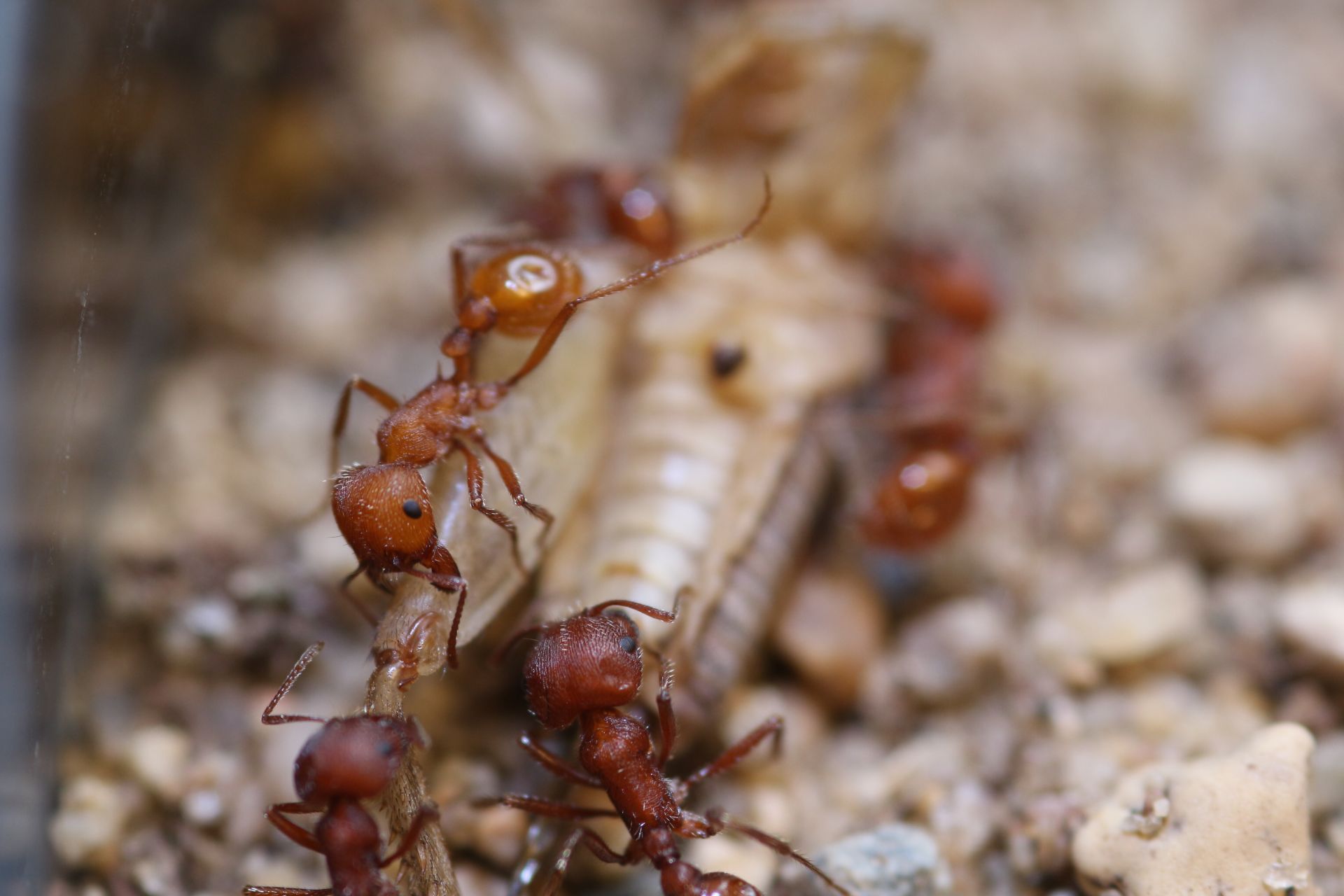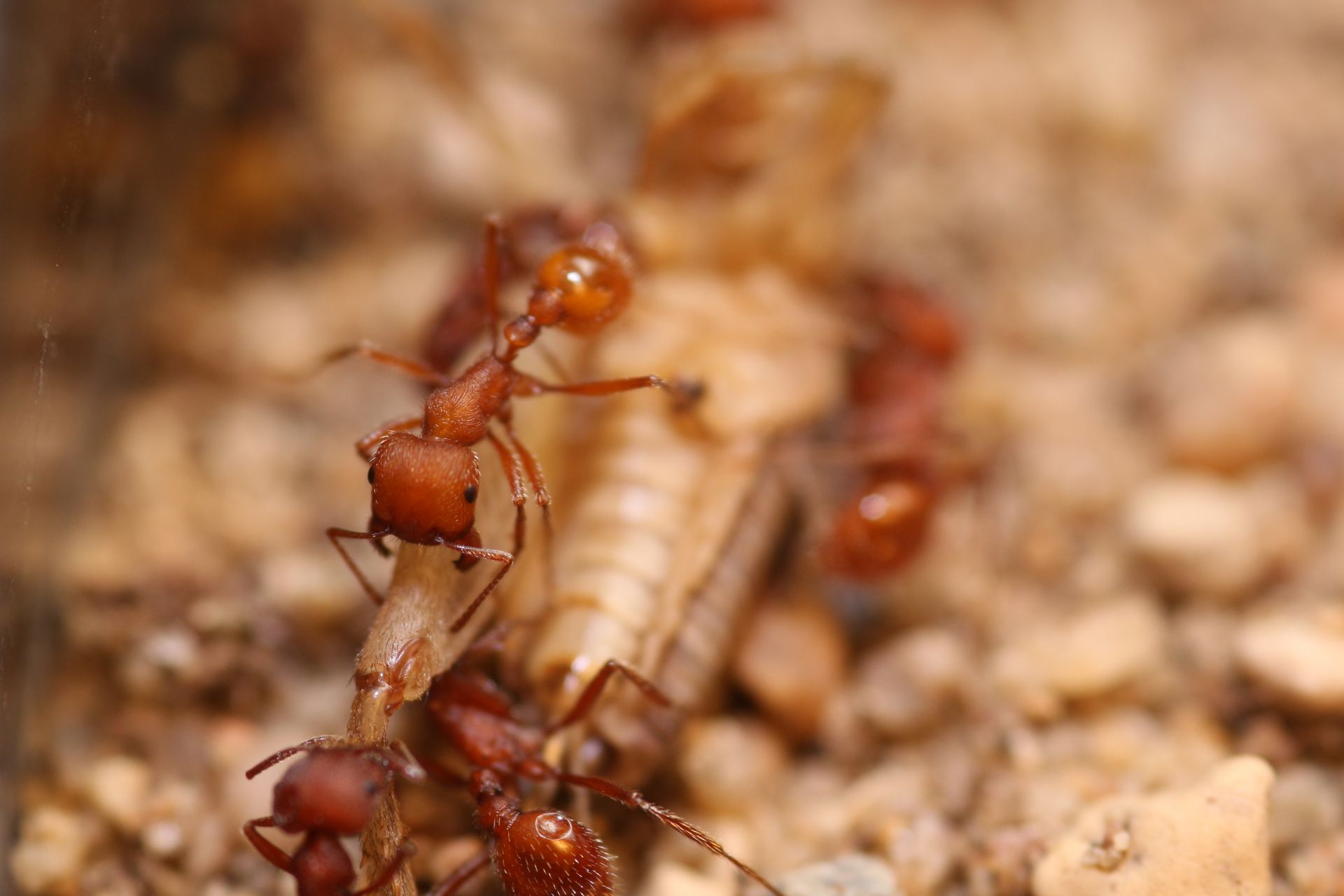Here is my journal of 2 colonies for now. I’ve kept probably close to a hundred colonies these past years, and occasionally it just gets too much, and I need a break from the hobby. Moderation is key haha. ![]() So this year I’m holding myself accountable, and not biting off more than I can chew. I start from humble beginnings of just 2 colonies awaken from hibernation. There story starts here:
So this year I’m holding myself accountable, and not biting off more than I can chew. I start from humble beginnings of just 2 colonies awaken from hibernation. There story starts here:
February 6th 2020 - Colonies taken out of hibernation
Pogonomyrmex occidentalis
I acquired this queen from a forum member last summer. Coincidentally I took a trip immediately after to the western part of South Dakota. The western part of South Dakota is arid and has deserts and dry forests with completely different ants dominating the region. Many areas have massive colonies of Pogonomyrmex occidentalis. Wanting to give my queen a head start, I collected some brood and workers from around 5 different colonies. Interestingly enough, once I arrived back to Sioux Falls, none of the workers were aggressive with each other. I assume with so many different cuticular hydrocarbons and pheromones, the workers couldn’t effectively tell who was friend or foe. The nests were also in close proximity, so it is possible that played a factor.
Unfortunately, most workers wanted nothing to do with my queen, so I gathered the pupae and callow workers with the queen inside a mini hearth, and let the rest go. I put them in hibernation in October. I put my colonies at pretty cool temperatures, because South Dakota gets pretty cold in the winter, so without cold enough temperatures, I’m not sure they would go into true hibernation. So, in they went at around 35 degrees Fahrenheit.
Unfortunately for the last 1.5 months I’ve been gone on vacation. So, there were quite a few losses. But it’s not too bad. In fact, it might be a good process to cull the weakest ants now and then, as uncontrolled colony growth isn’t exactly natural. They have predators as well. But, topic for another conversation. This colony has about 100 workers. Most are pretty lightly colored, not getting too much sunlight in the mini fridge during winter, and going in as callows. I am housing them in a petri dish formicarium from Miles’ video on the ant network. If you haven’t seen it, watch it here:
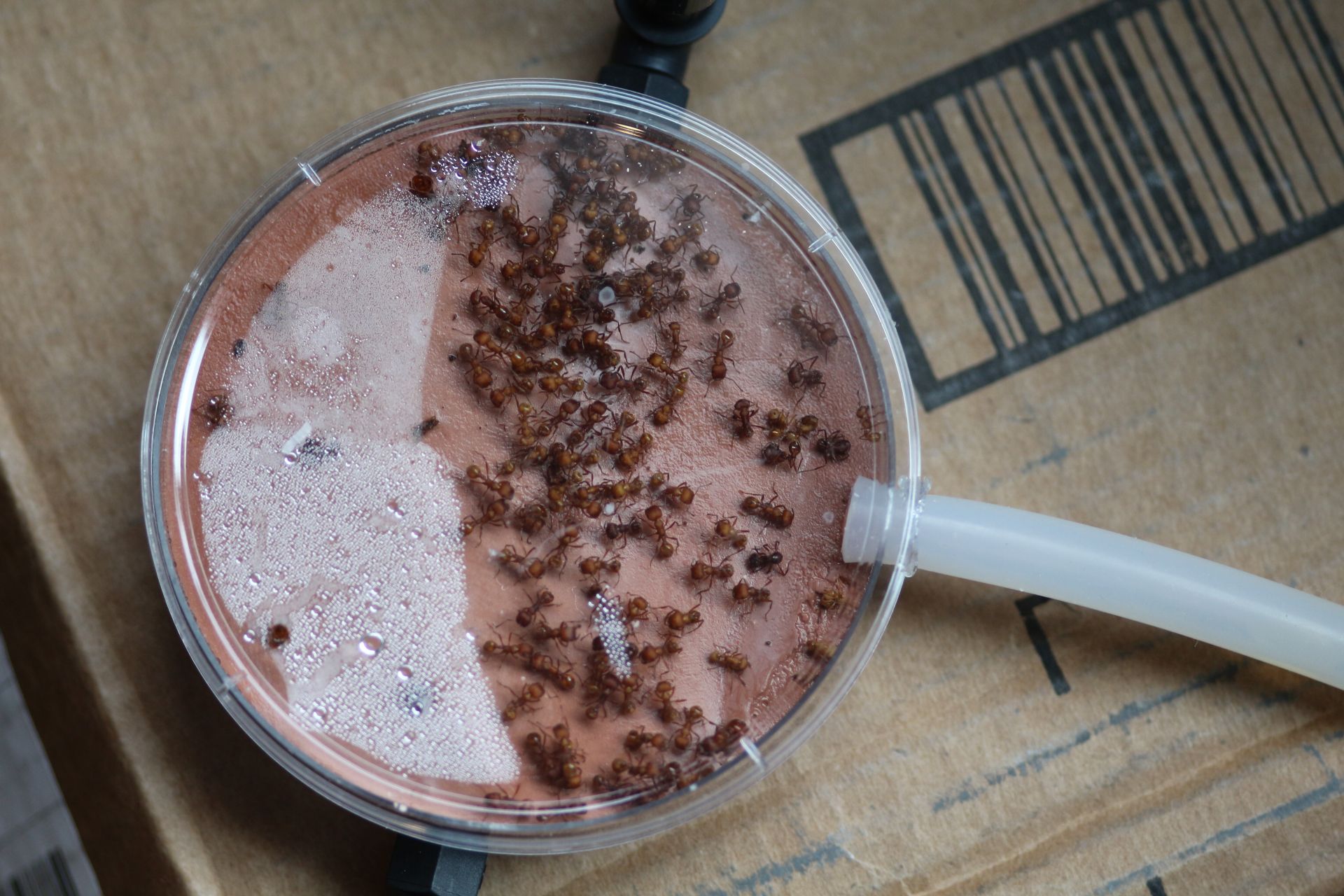
I love this formicarium. It is super easy to make, it makes great use of space, and there is great visibility. Only downside is that it isn’t really a desktop or showpiece formicarium, but it works great for my purposes. ![]()
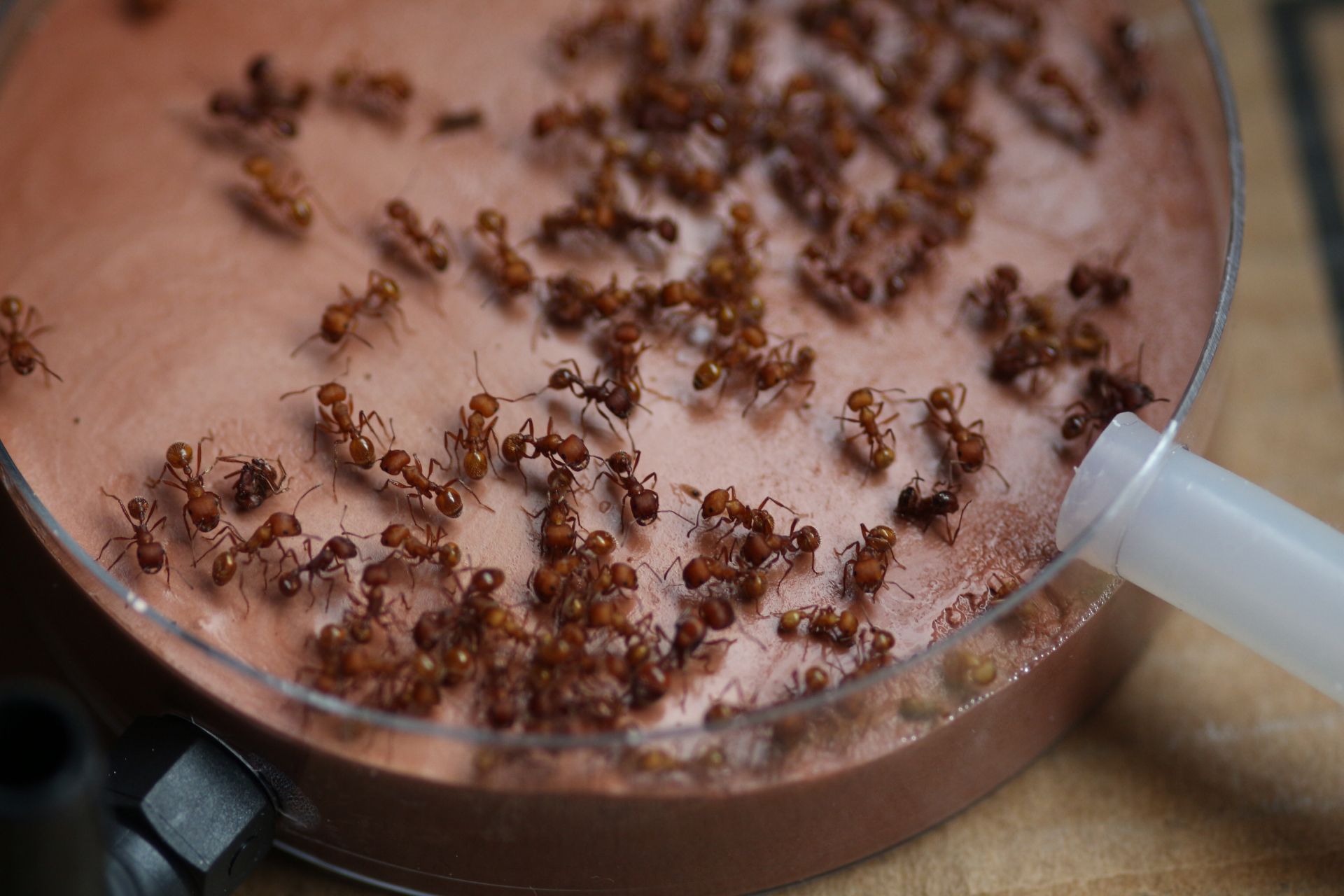
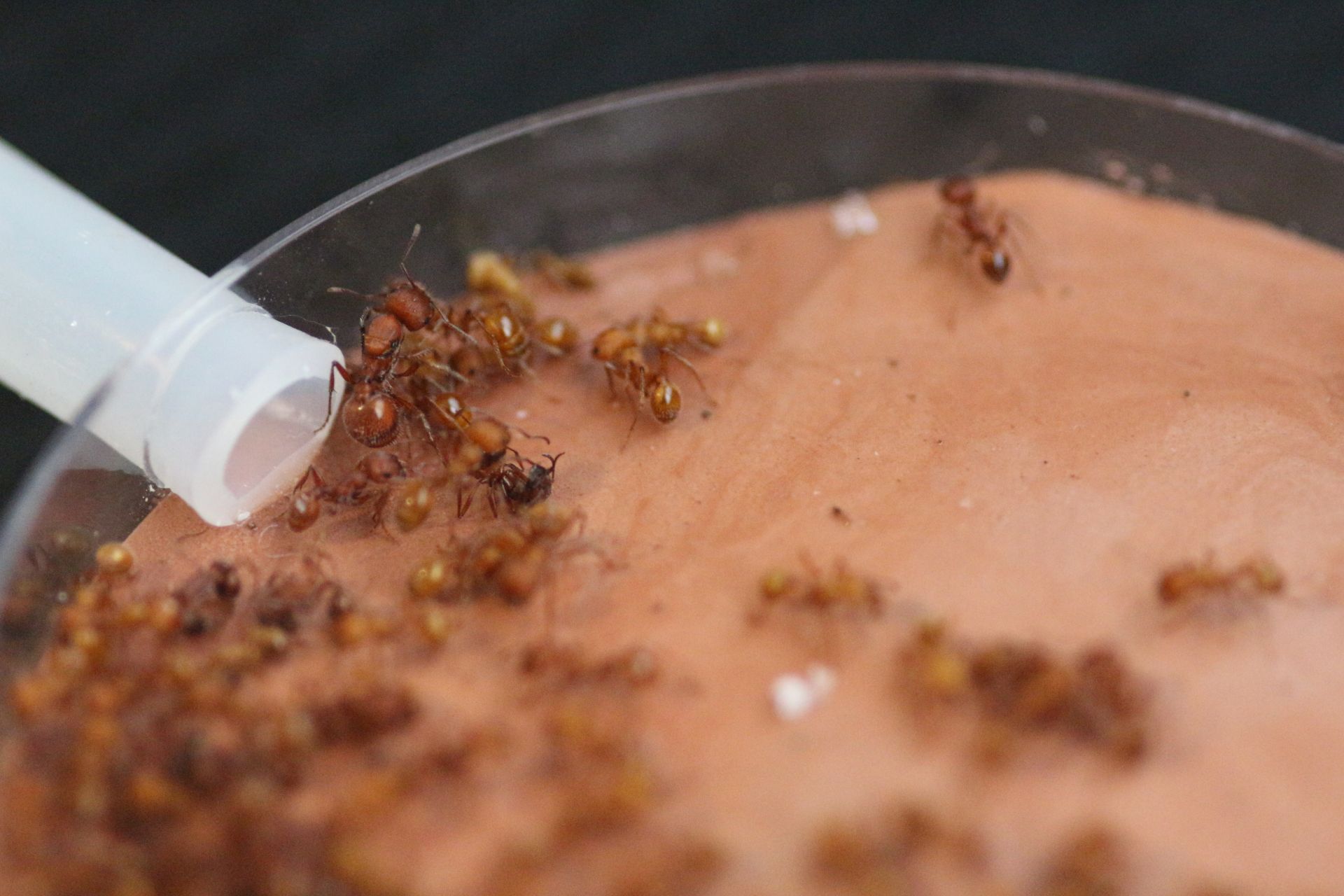
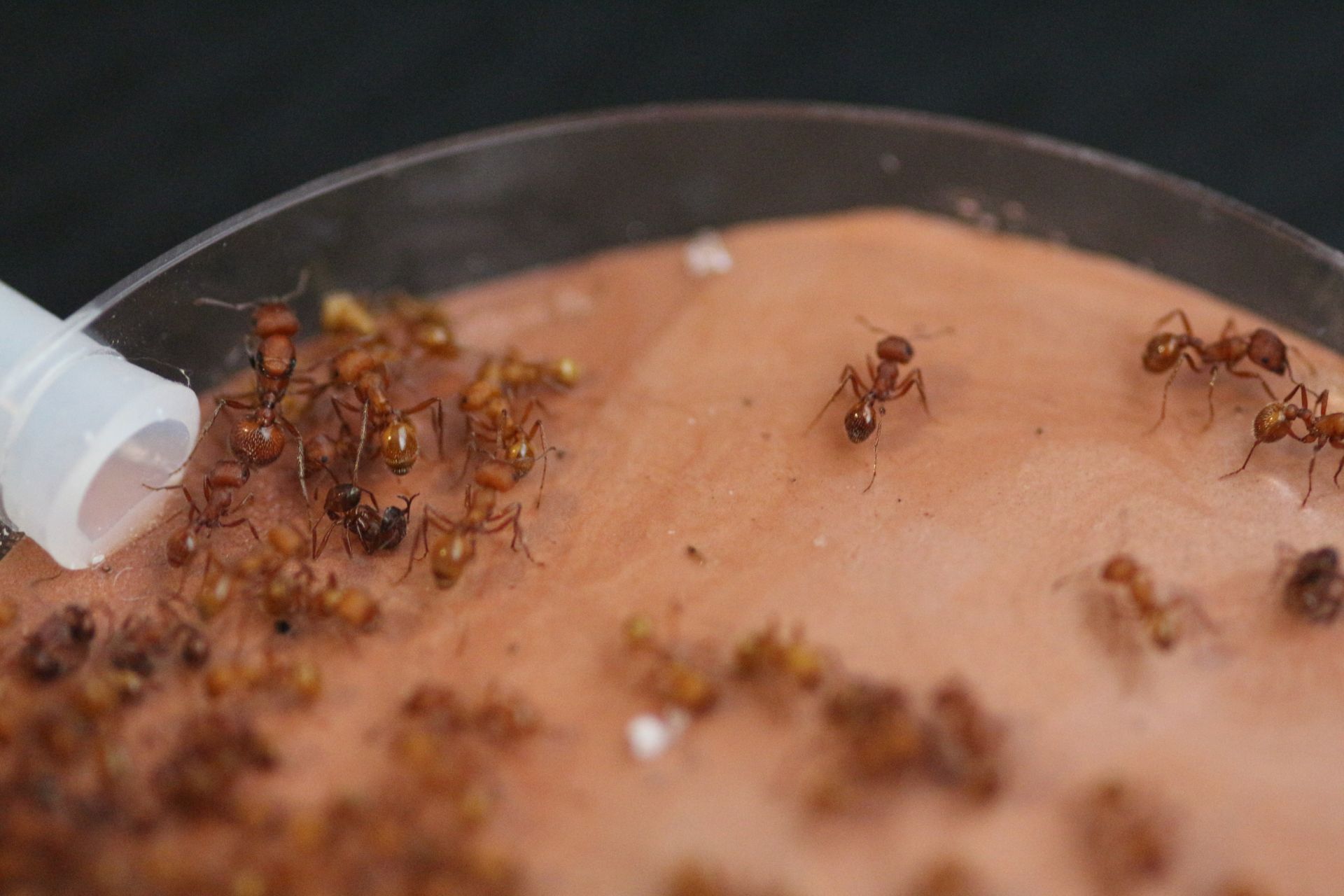
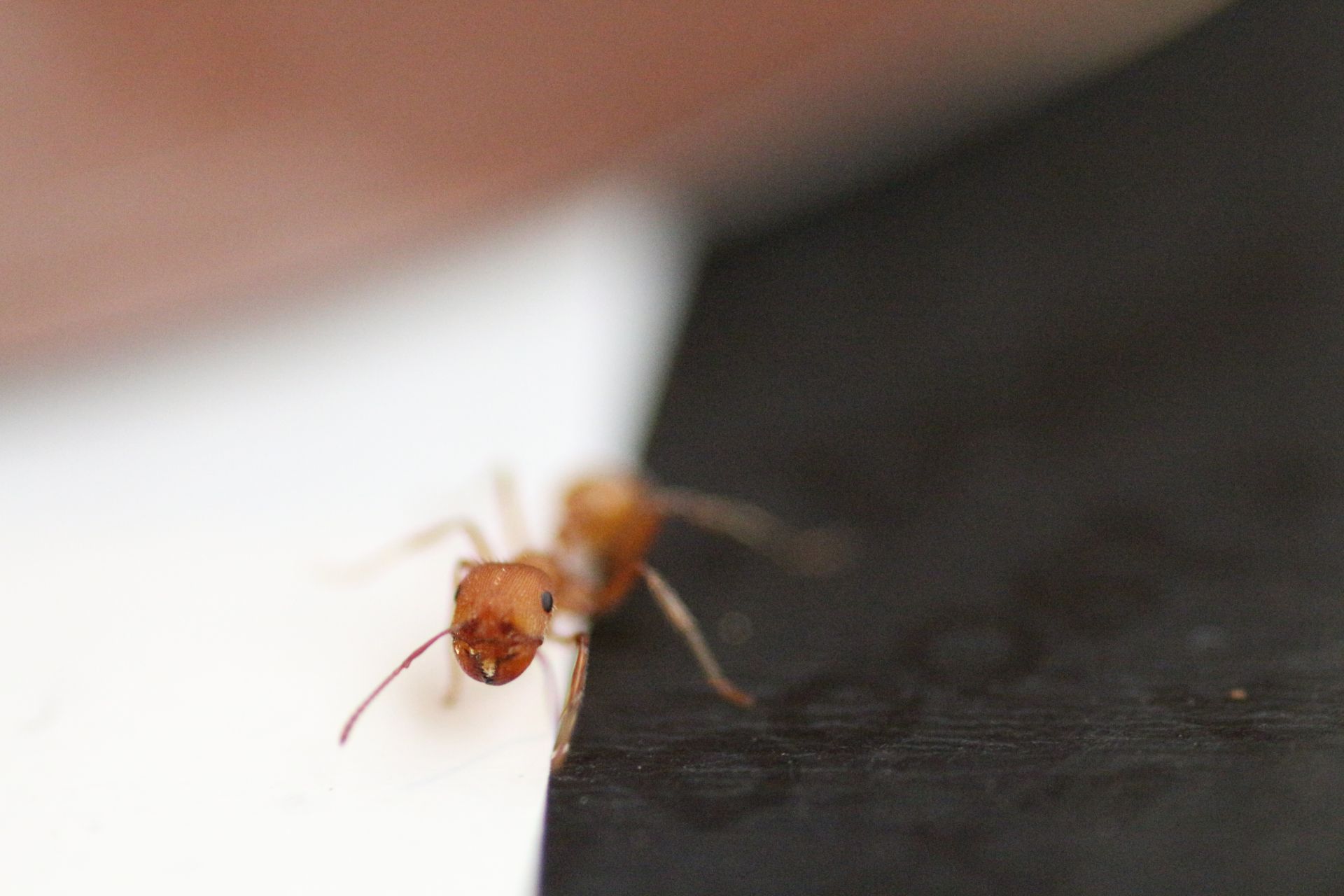
Camponotus pennsylvanicus
I aquired this queen last spring, and she raised a nice set of nanitics. 2 more queens did the same. Unfortunately, they died in hibernation, so I gave their nanitics to this colony during hibernation. I guess they all got along because I don't see any fighting. This colony starts this spring with around 25 workers and no brood. I also have them in a petri dish nest, and they seem to enjoy it. Camponotus pennsylvanicus has been close to my heart, one of the first species I've kept. Hopefully they get to around 200 workers this year. ![]()
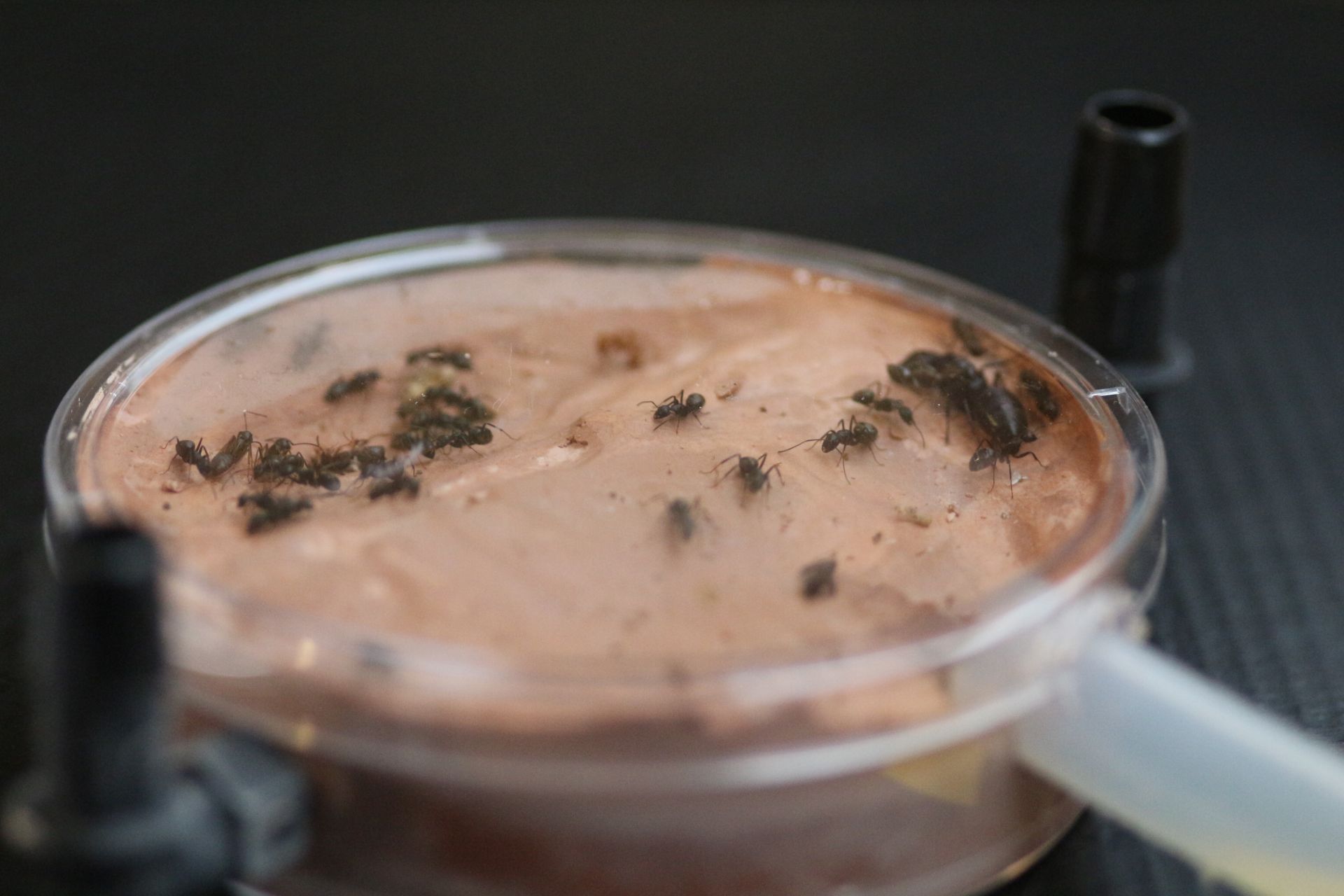
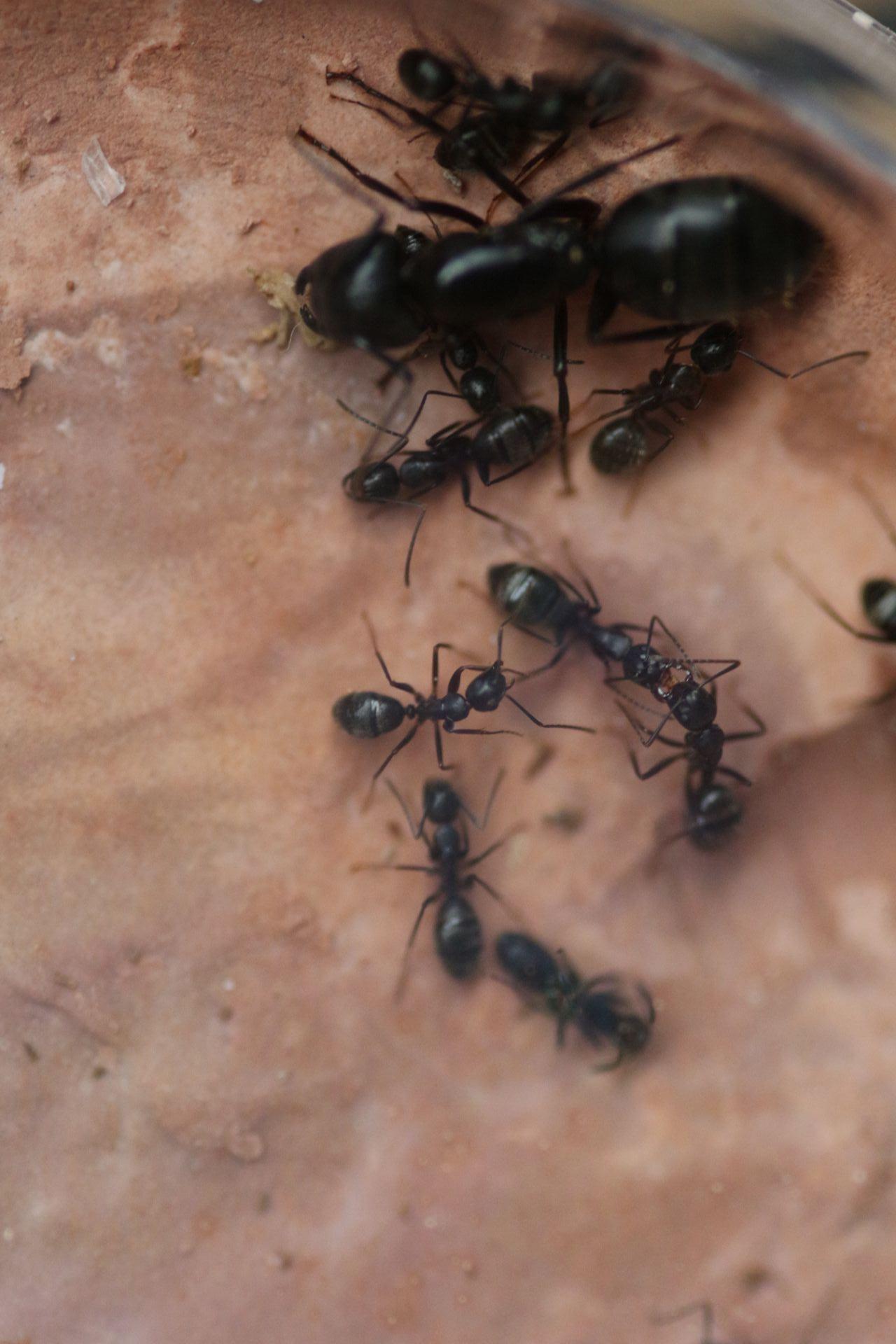
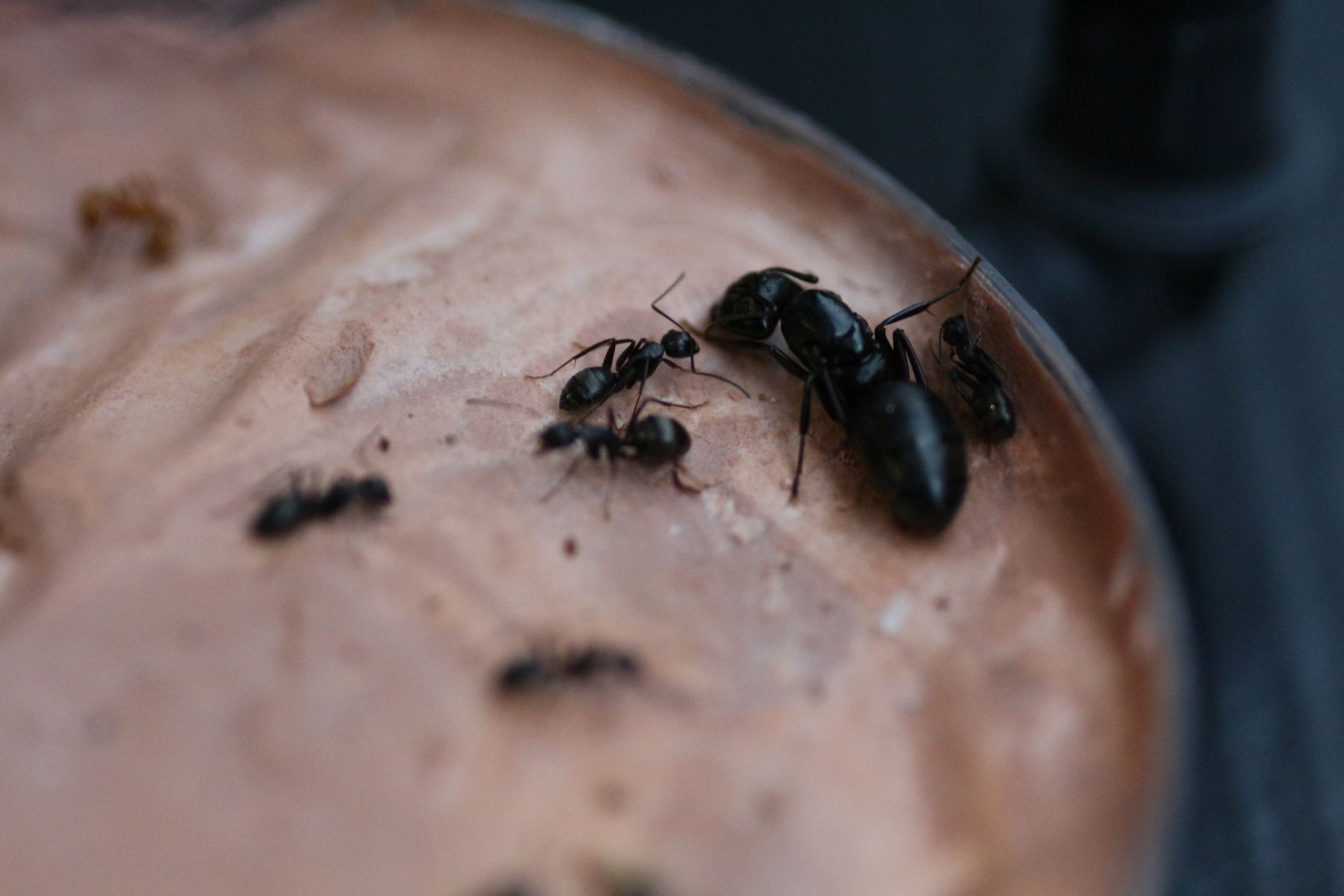
Edited by Ants4fun, May 6 2020 - 7:17 AM.








